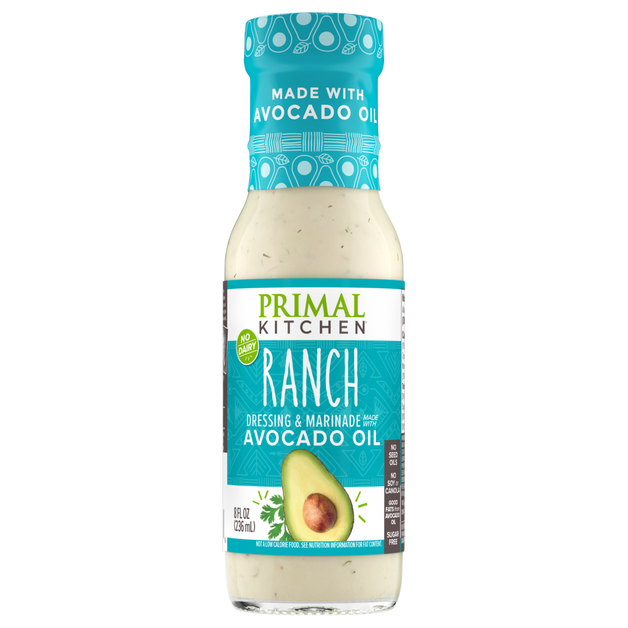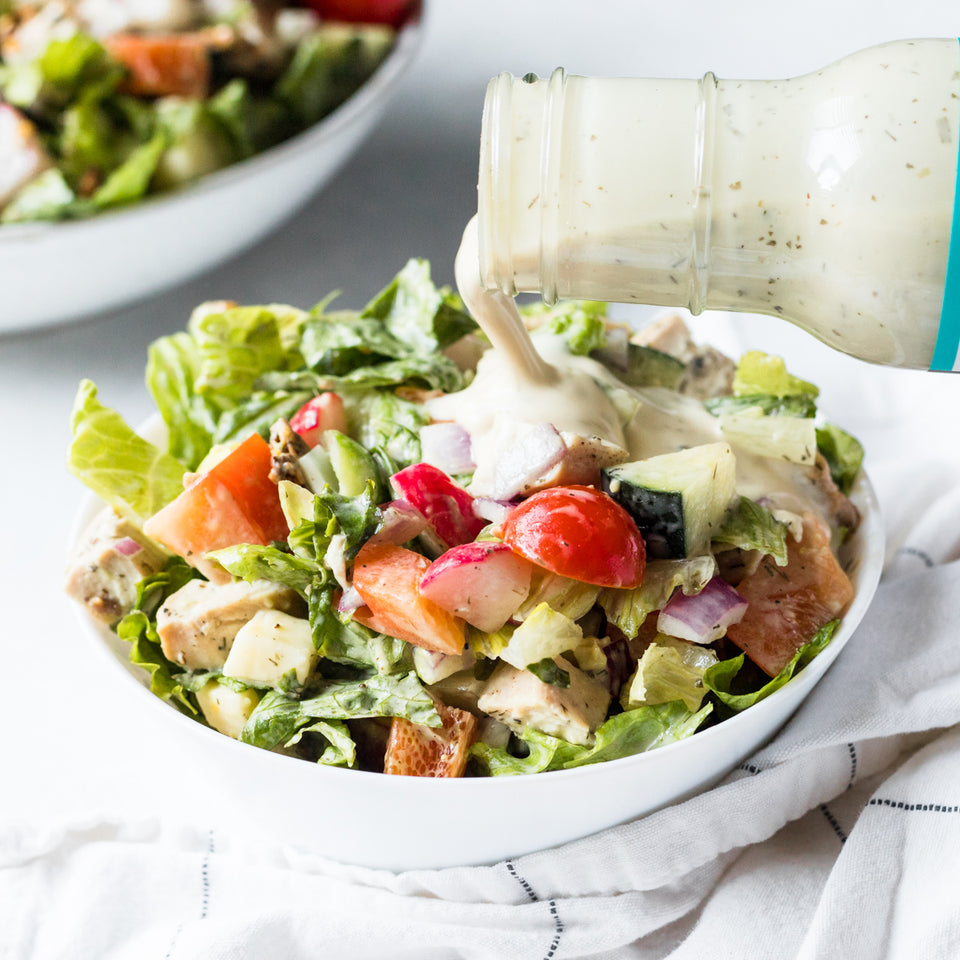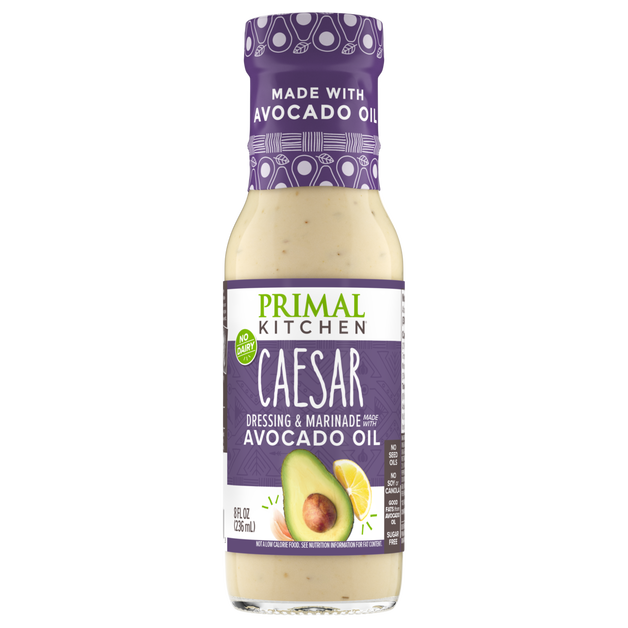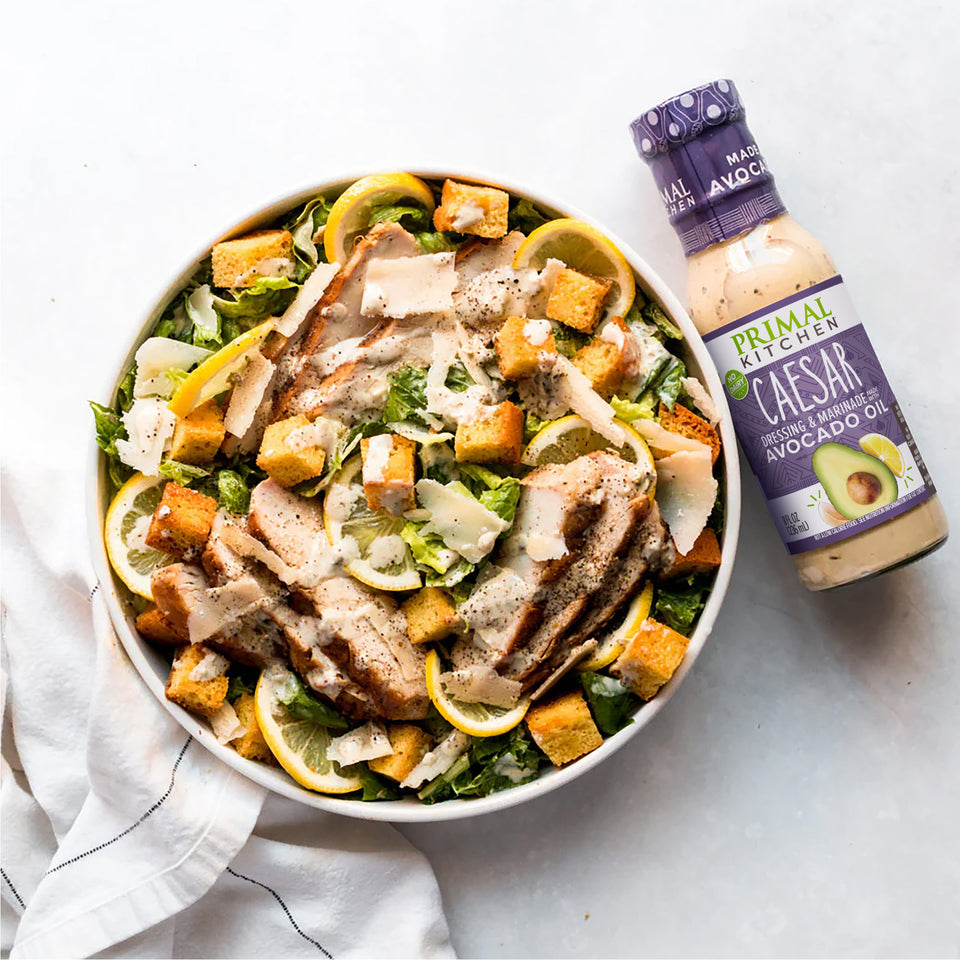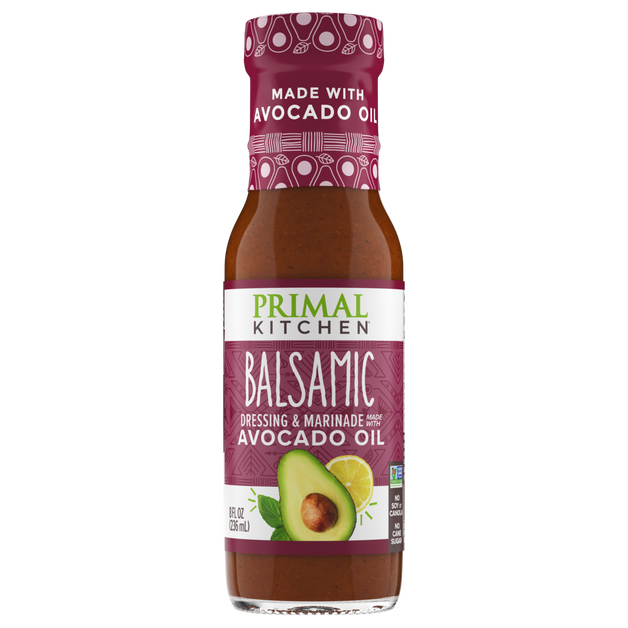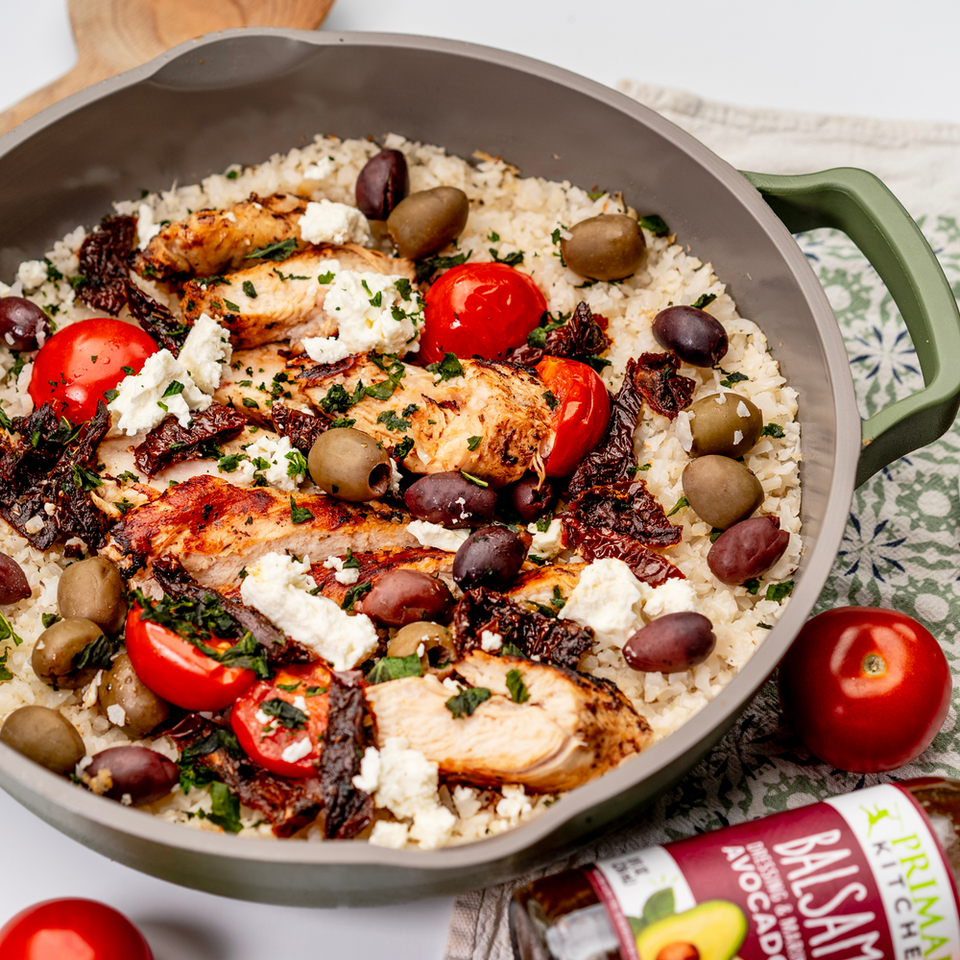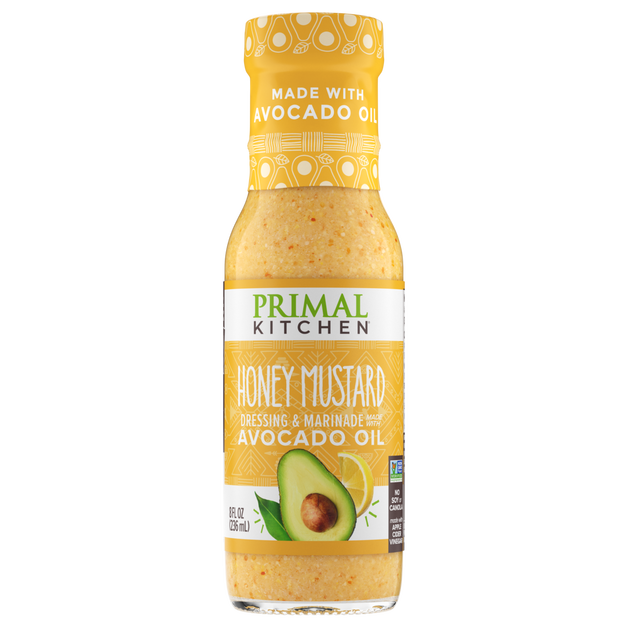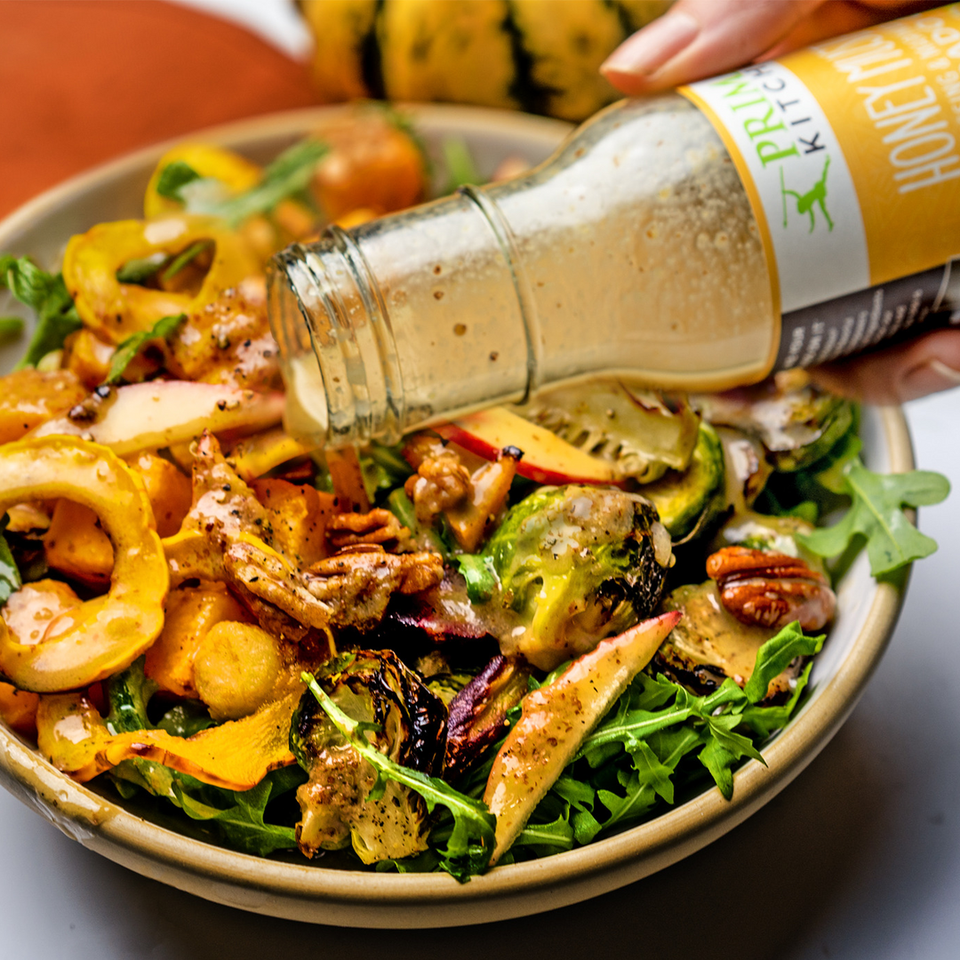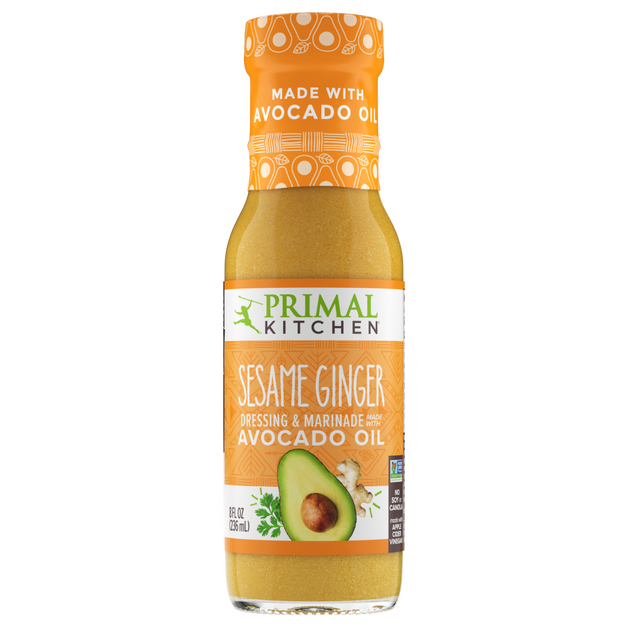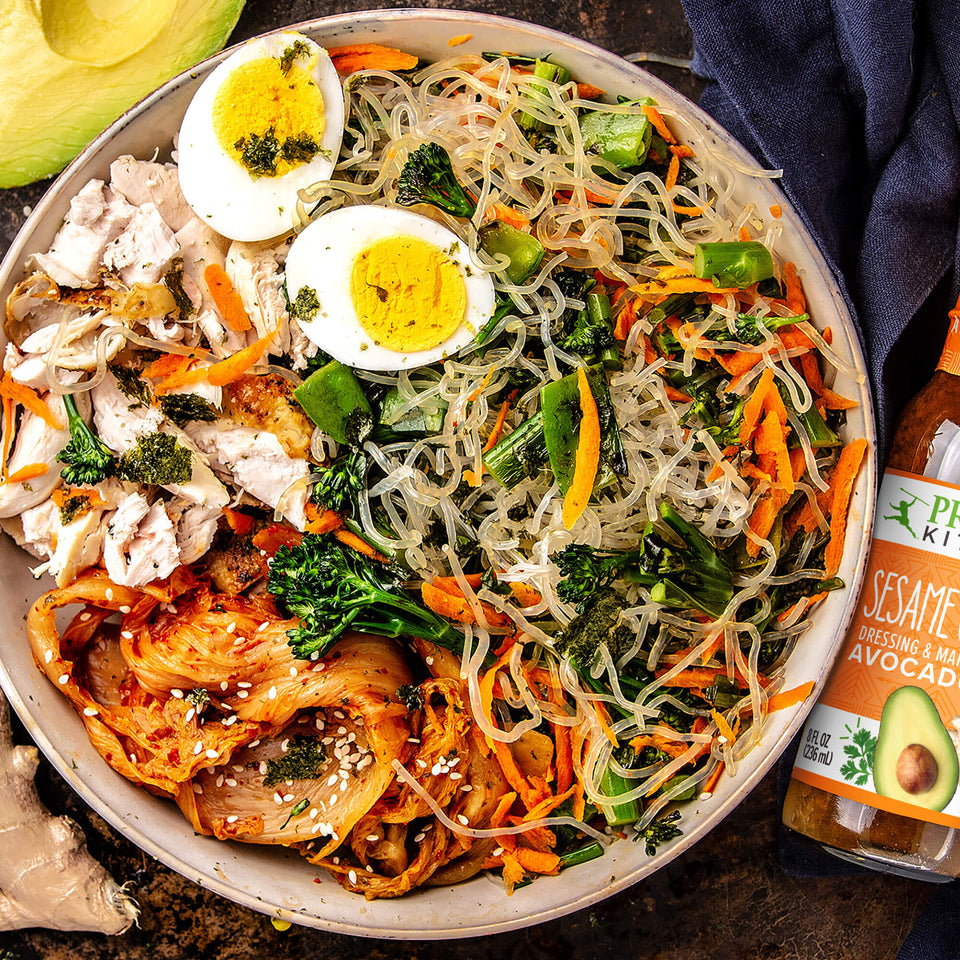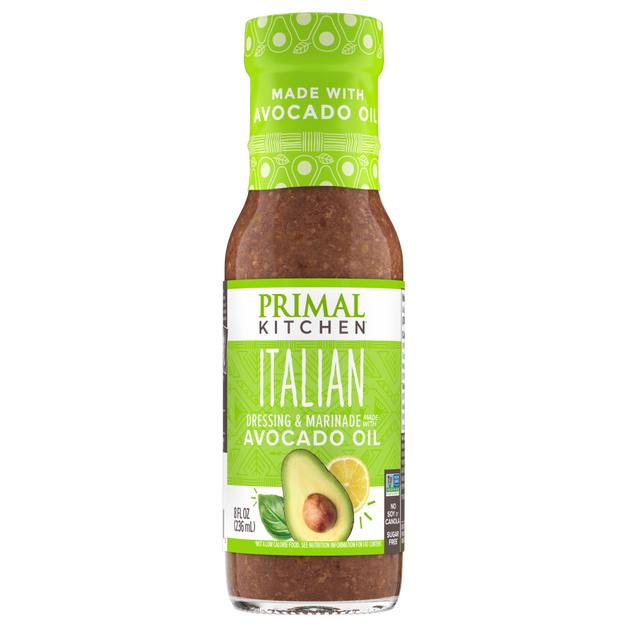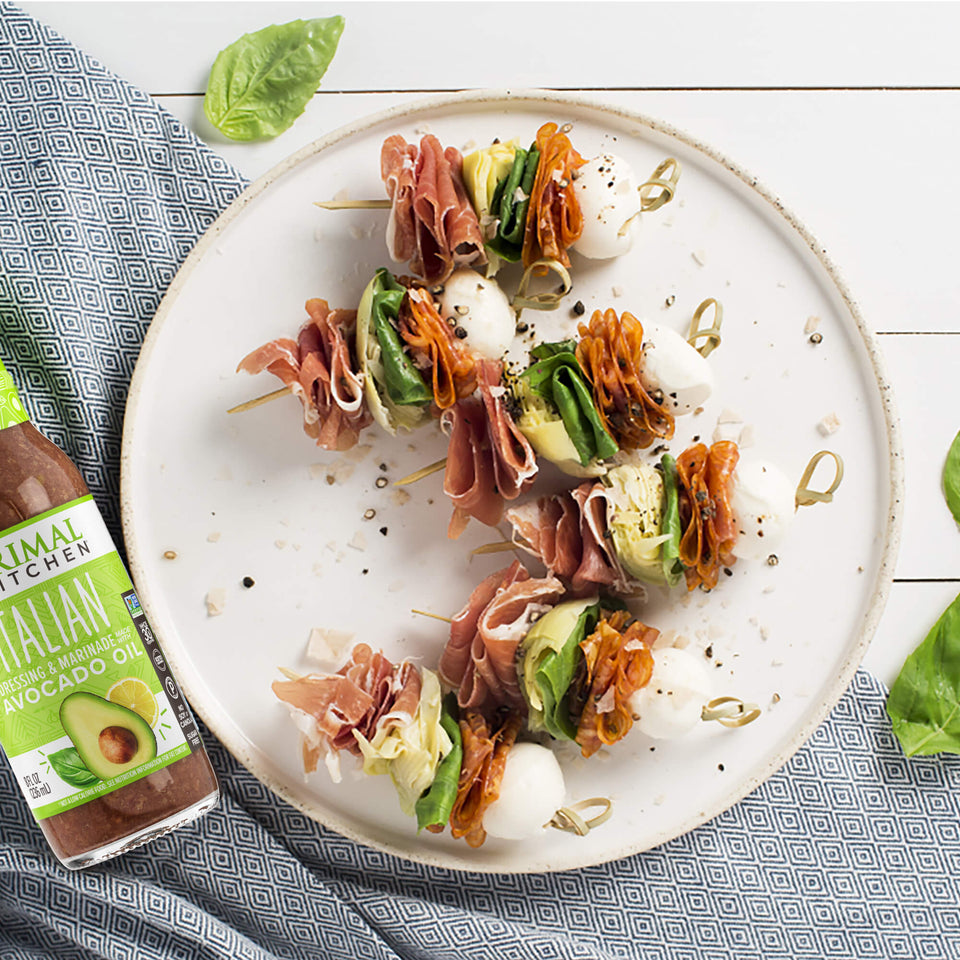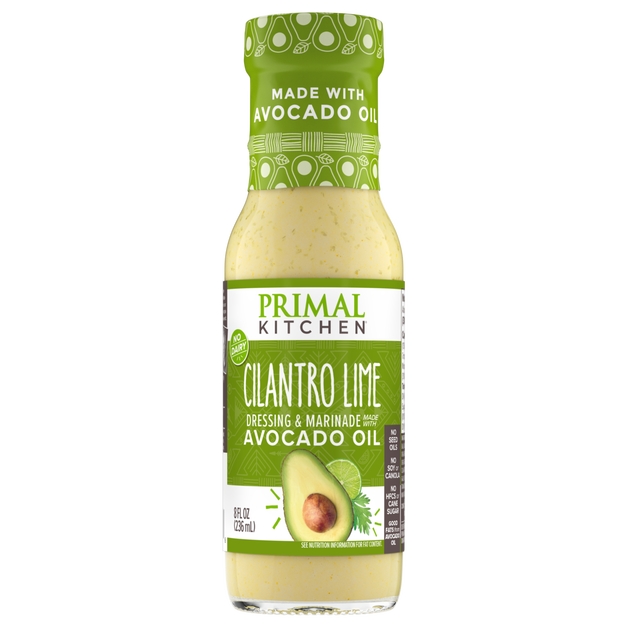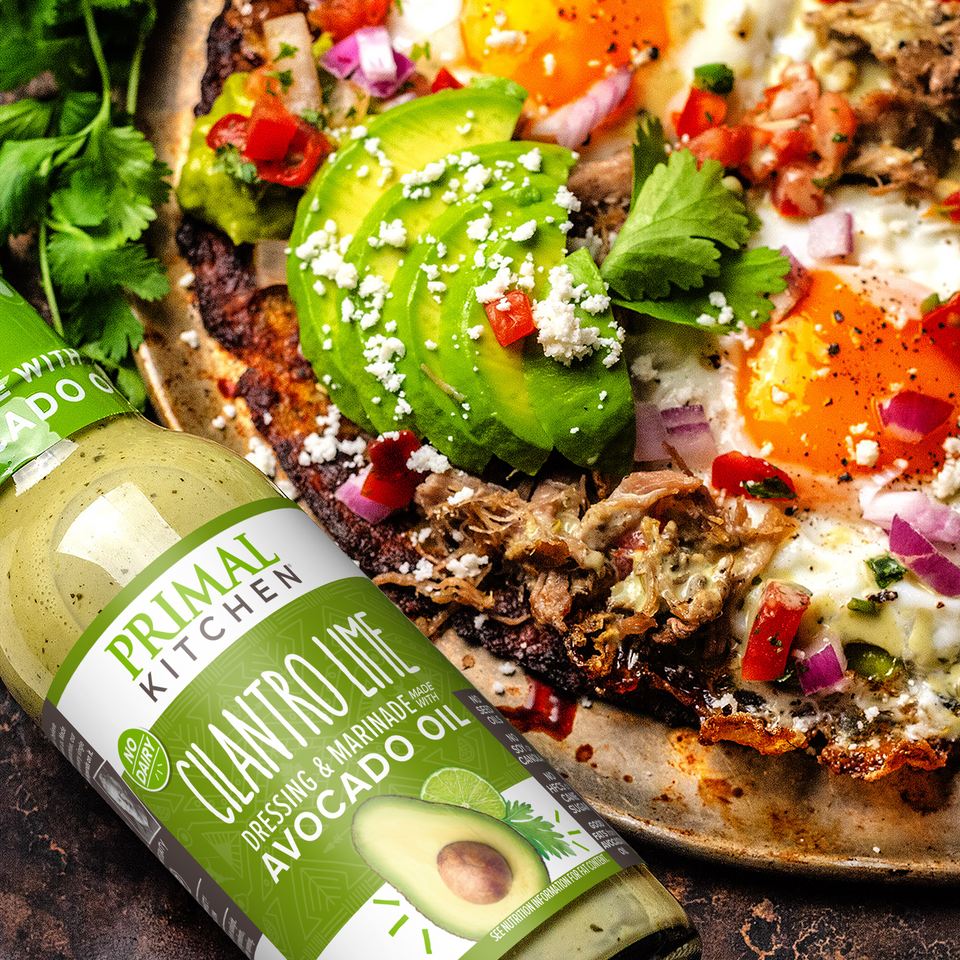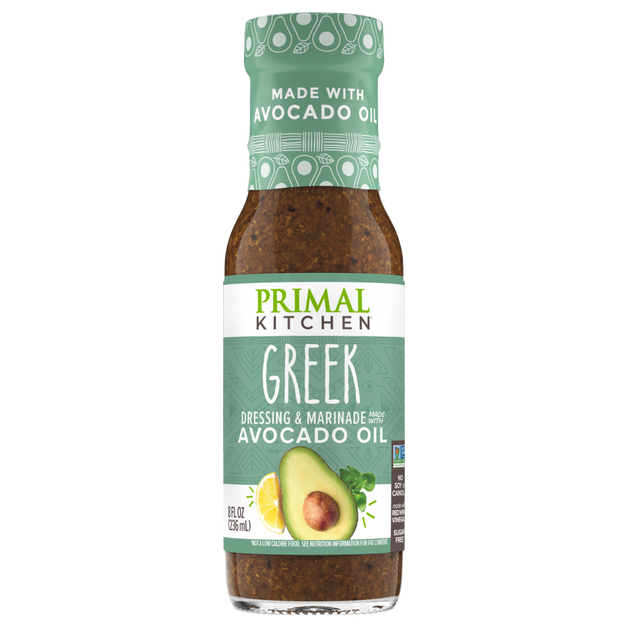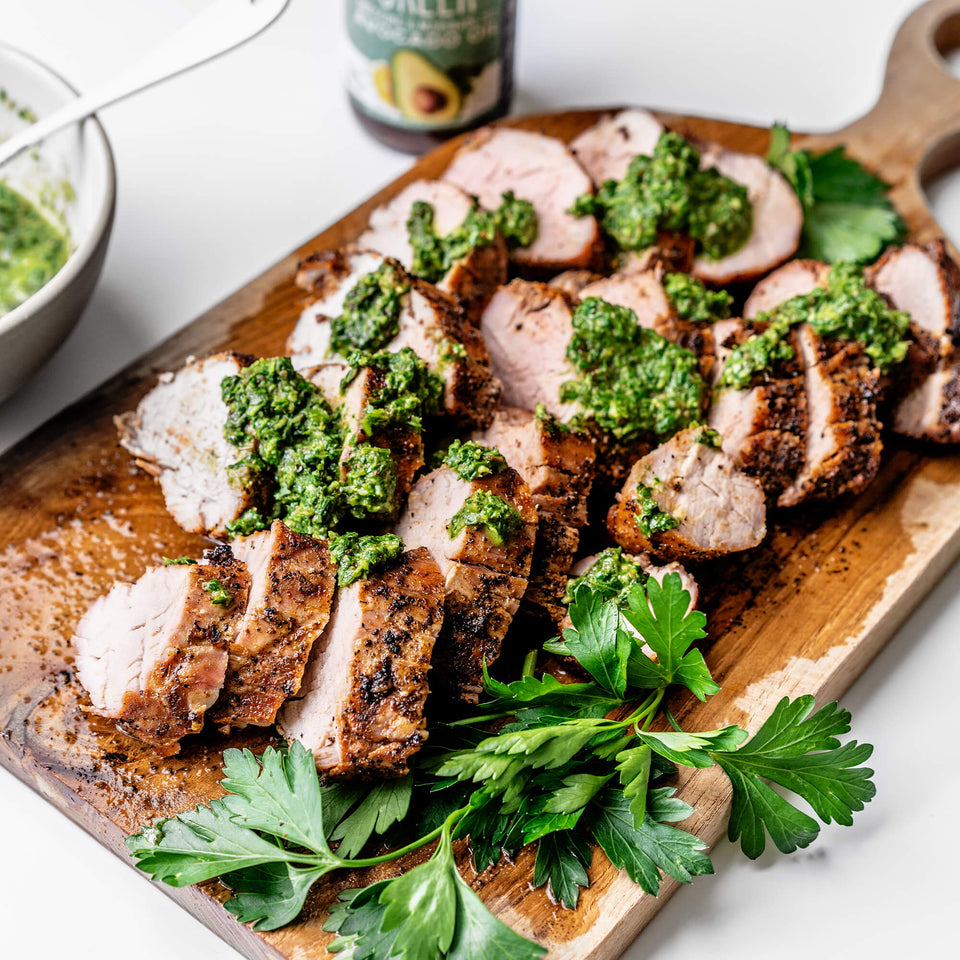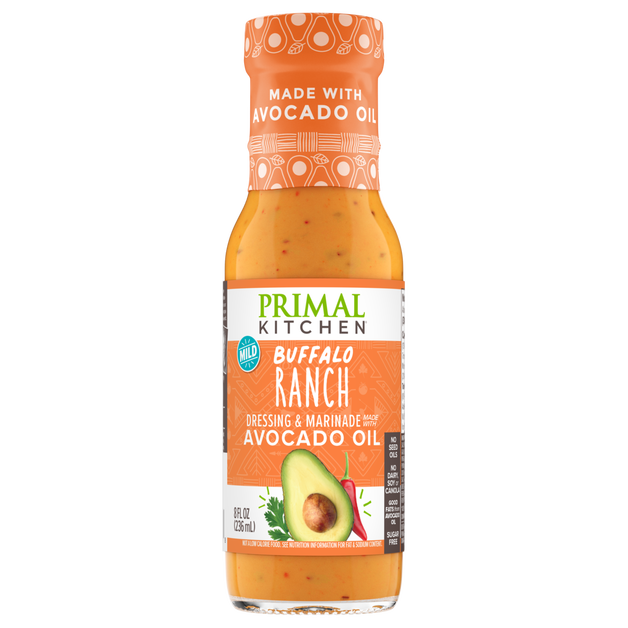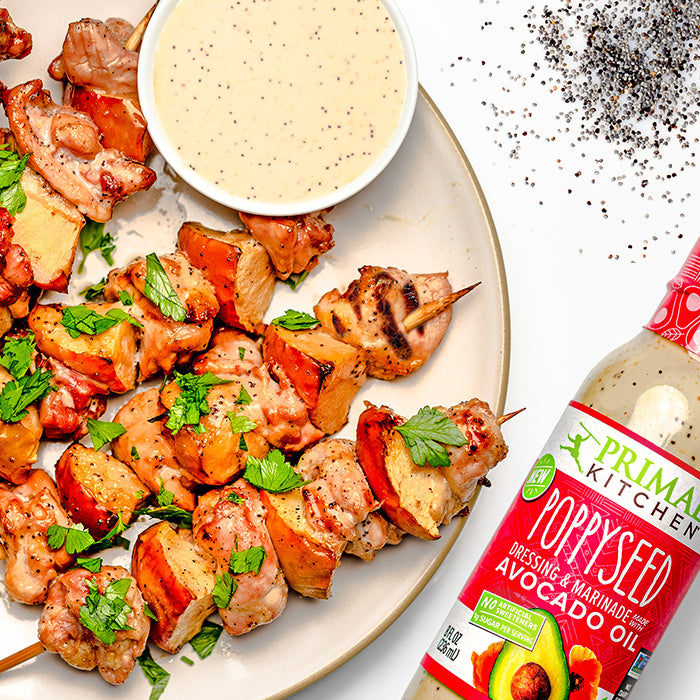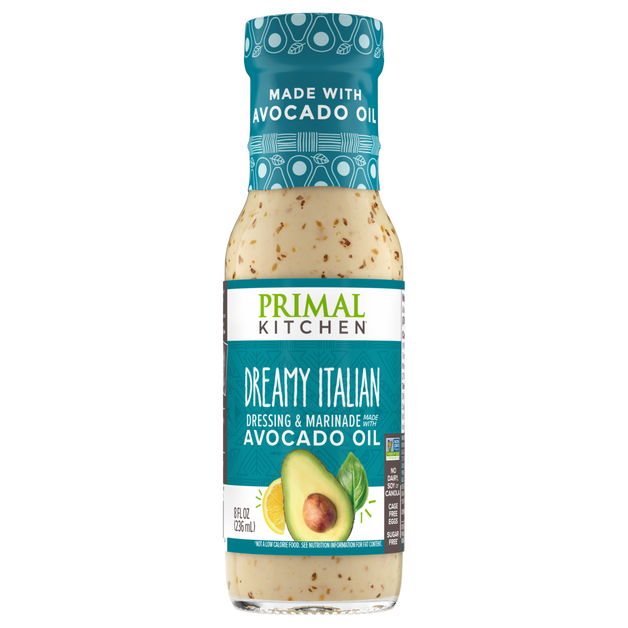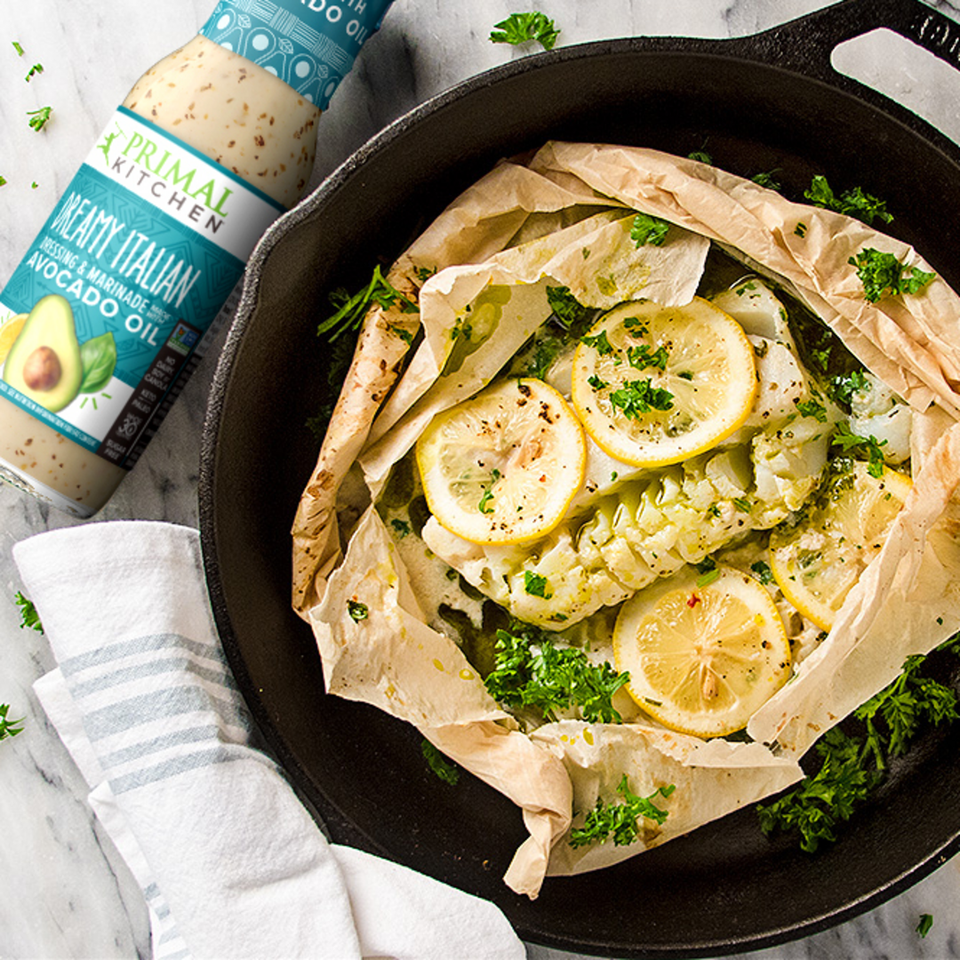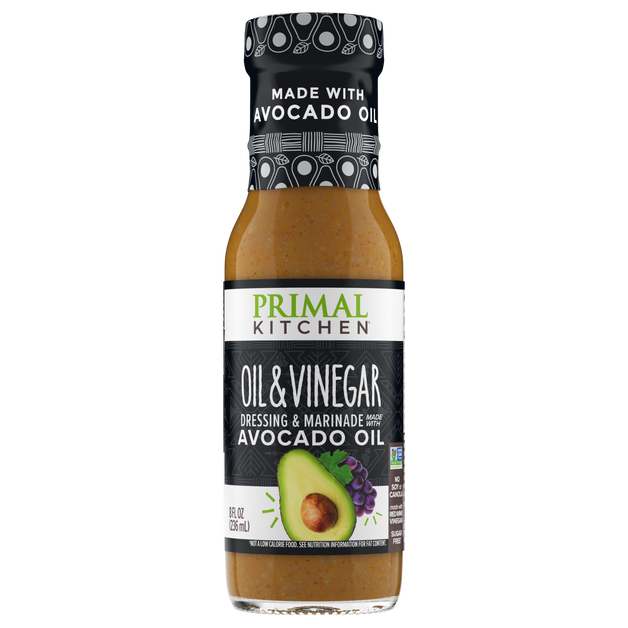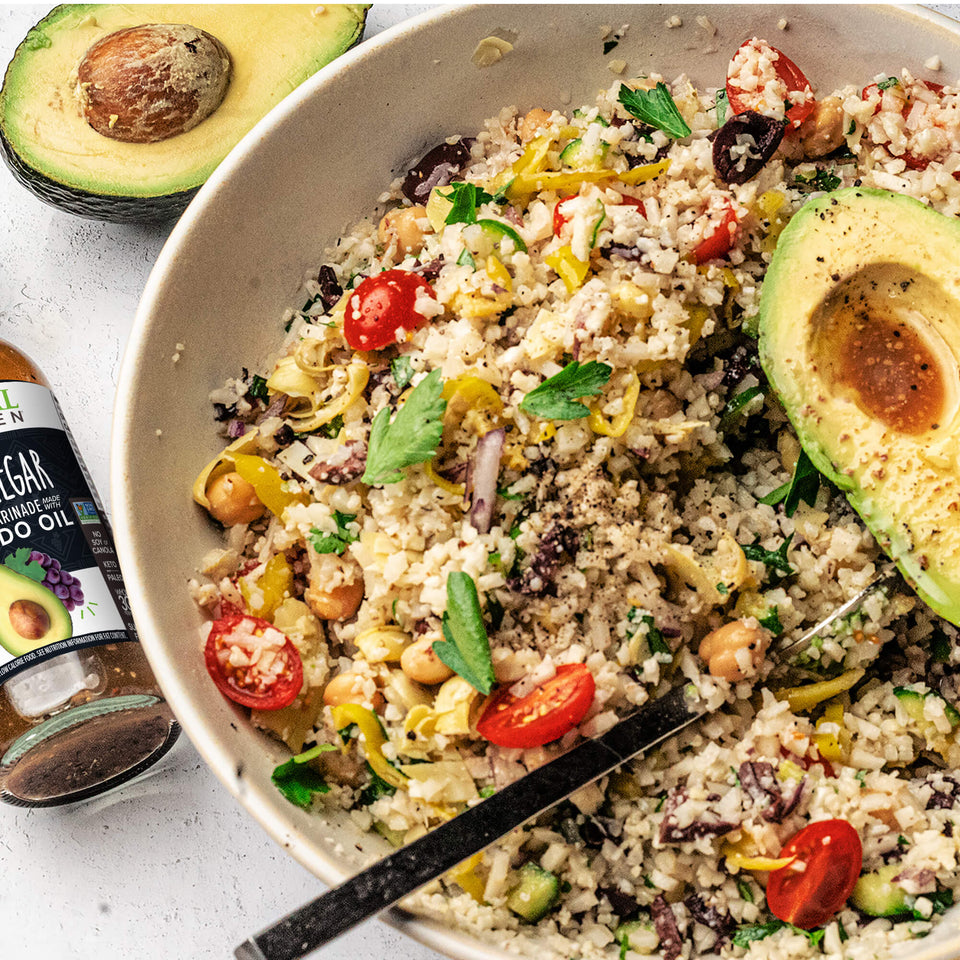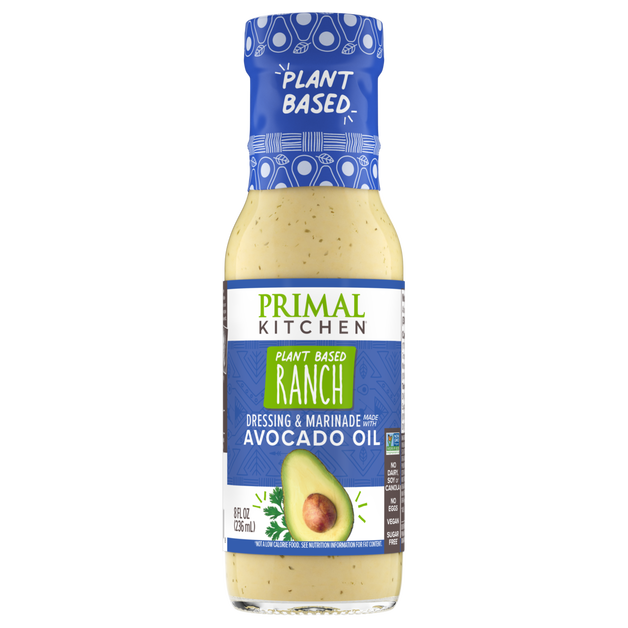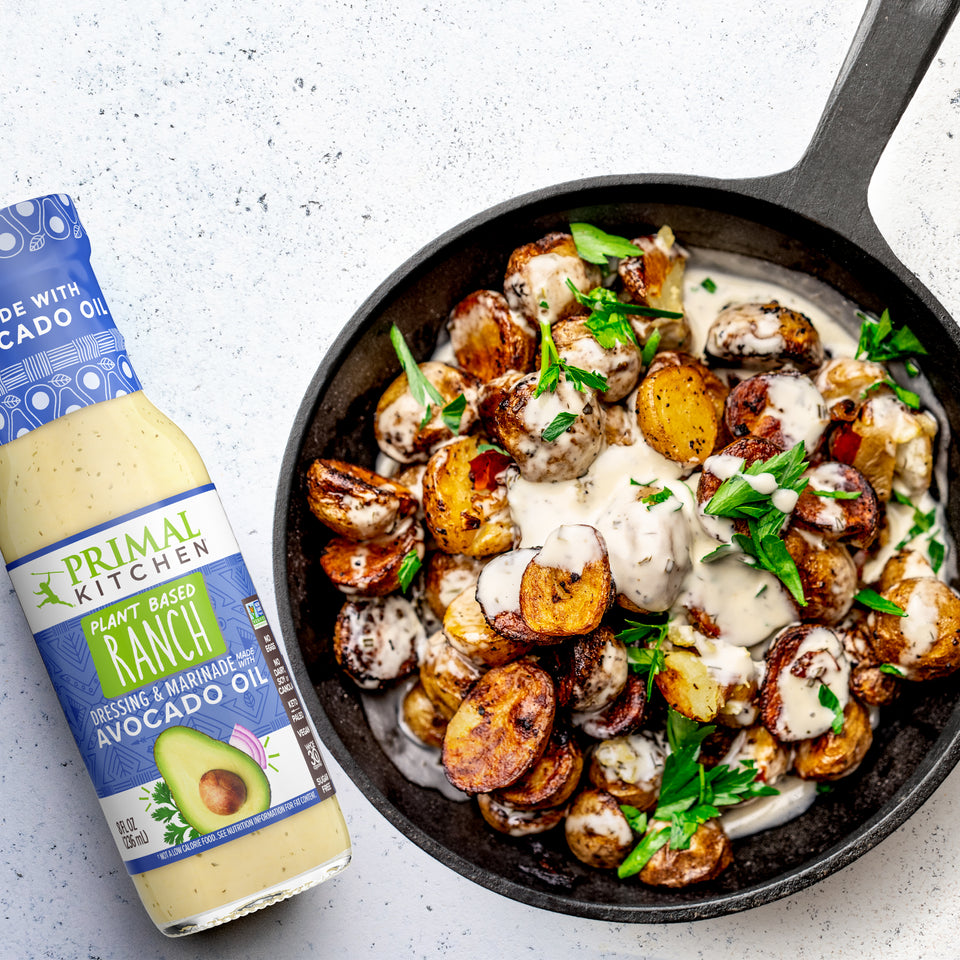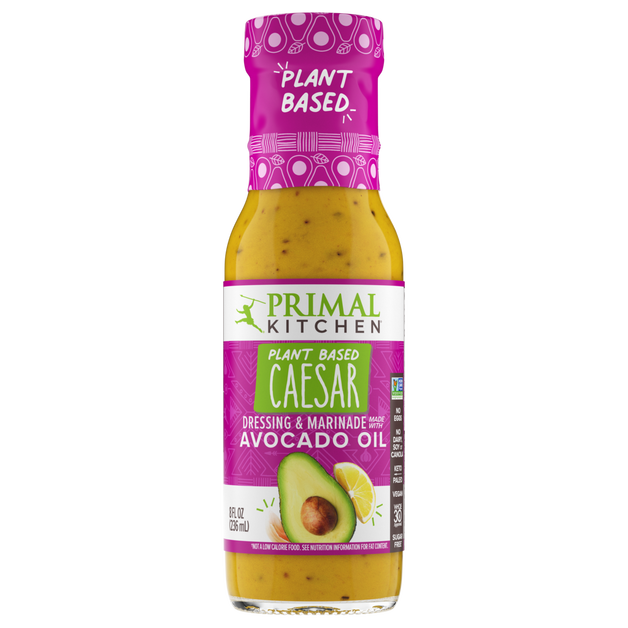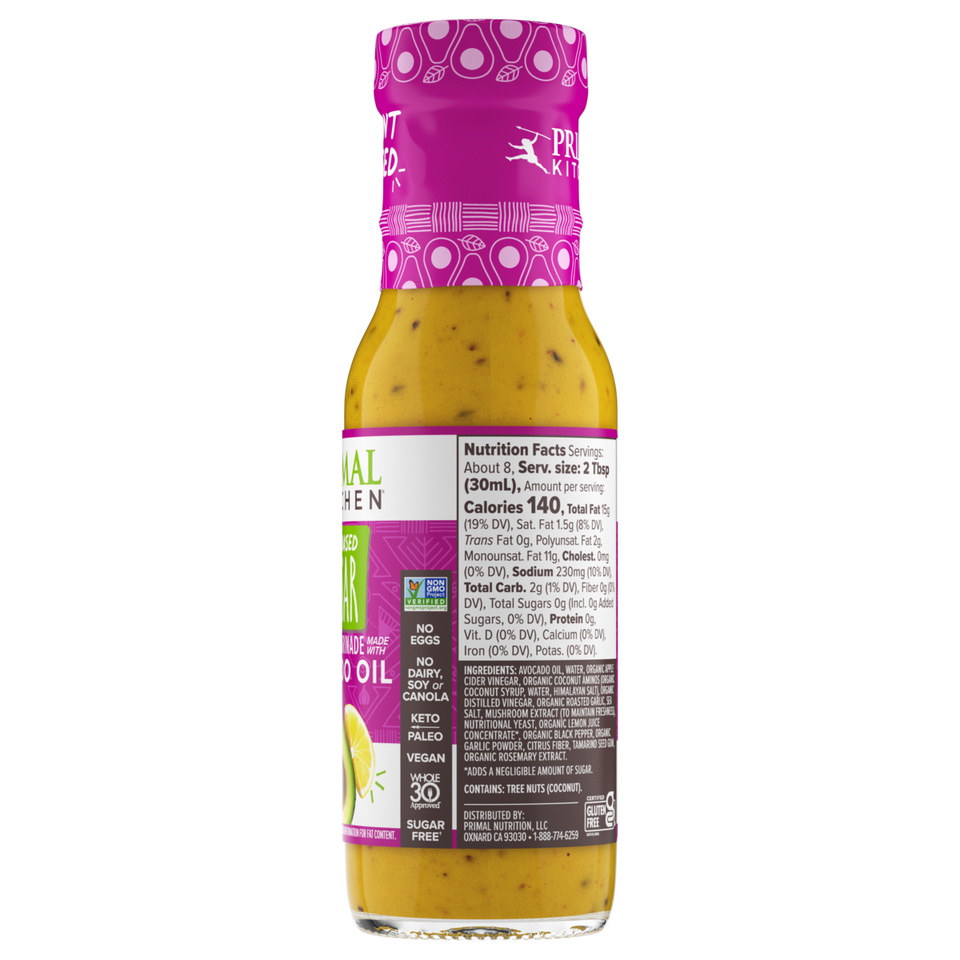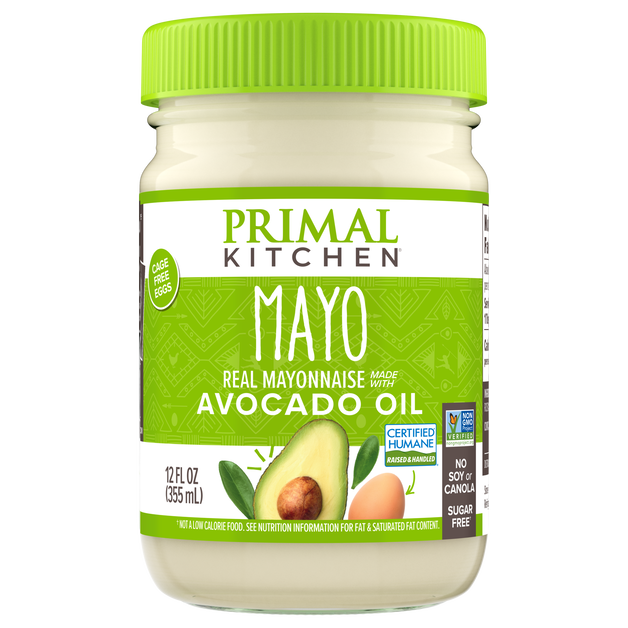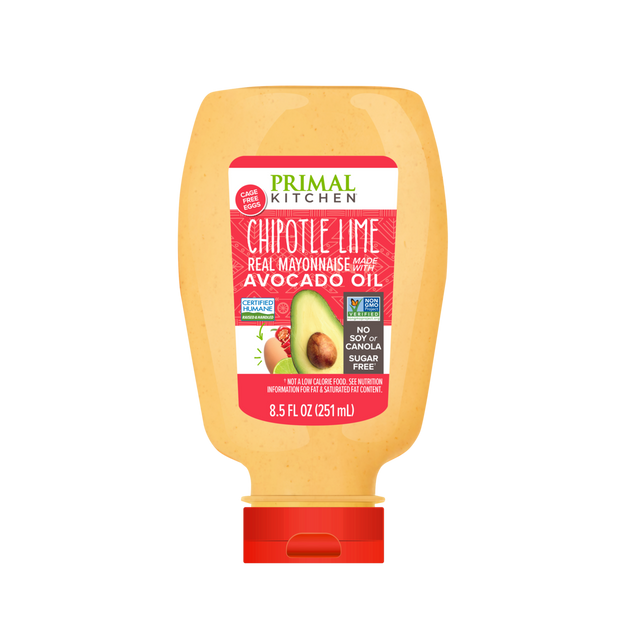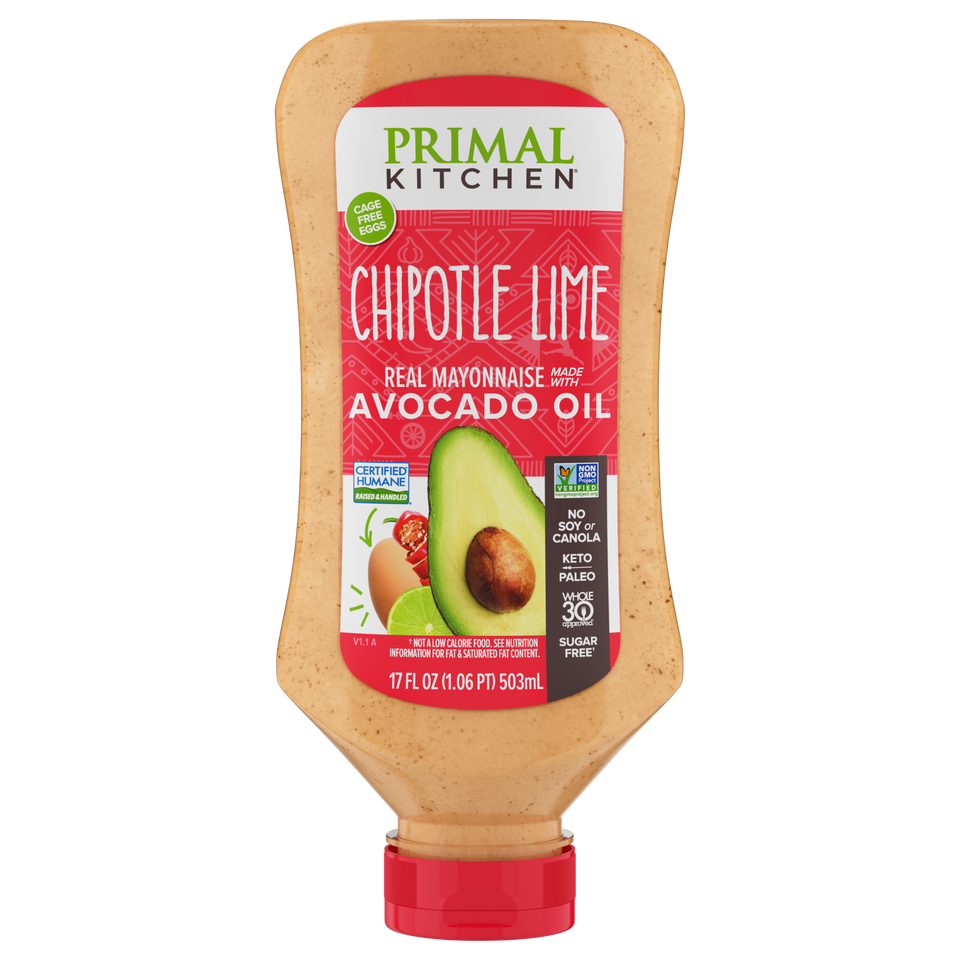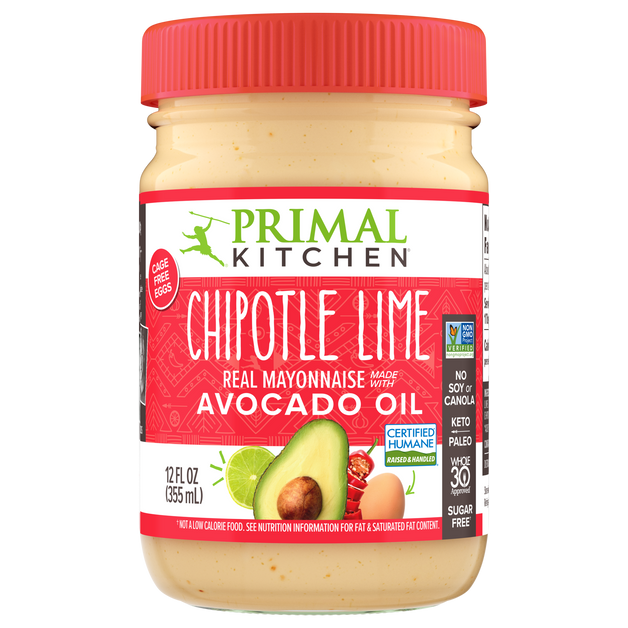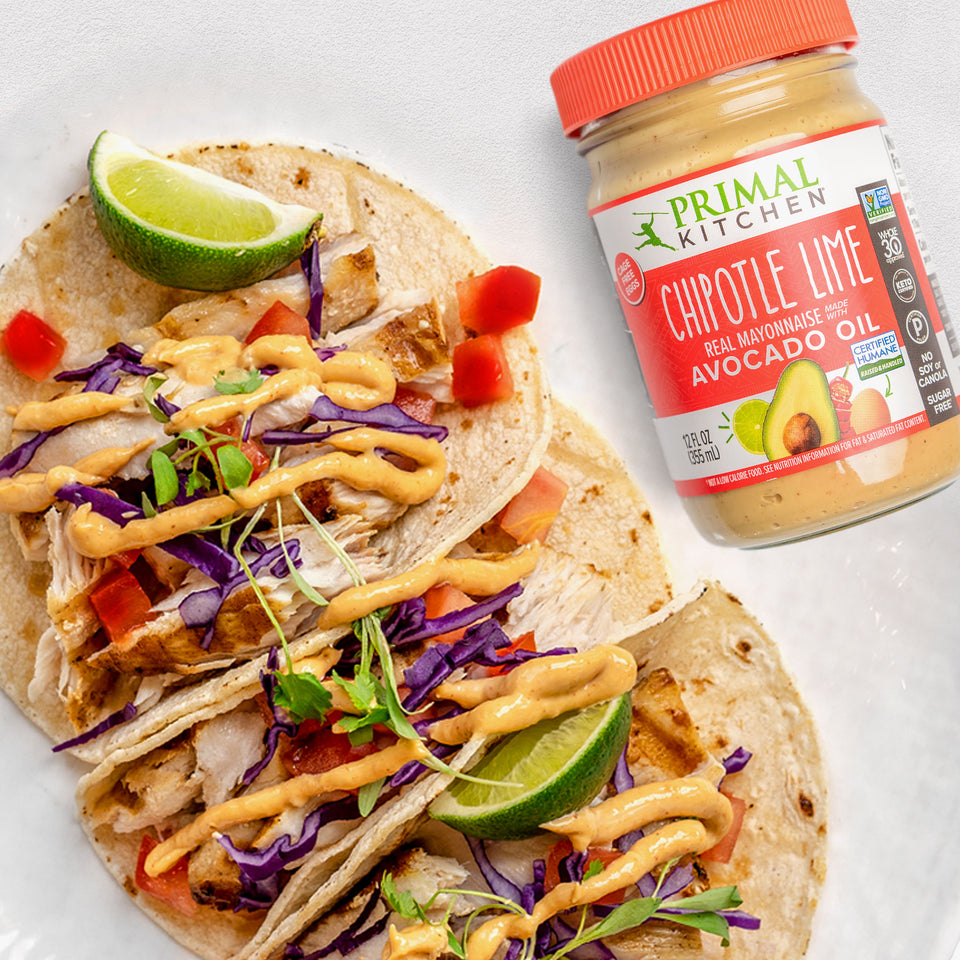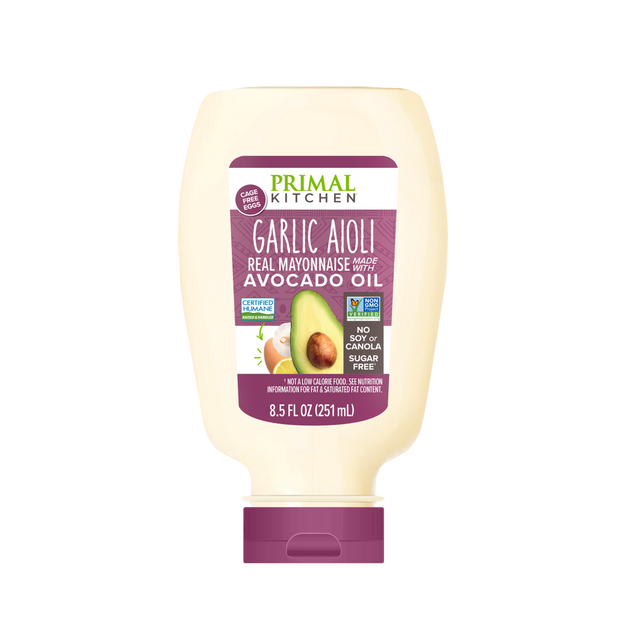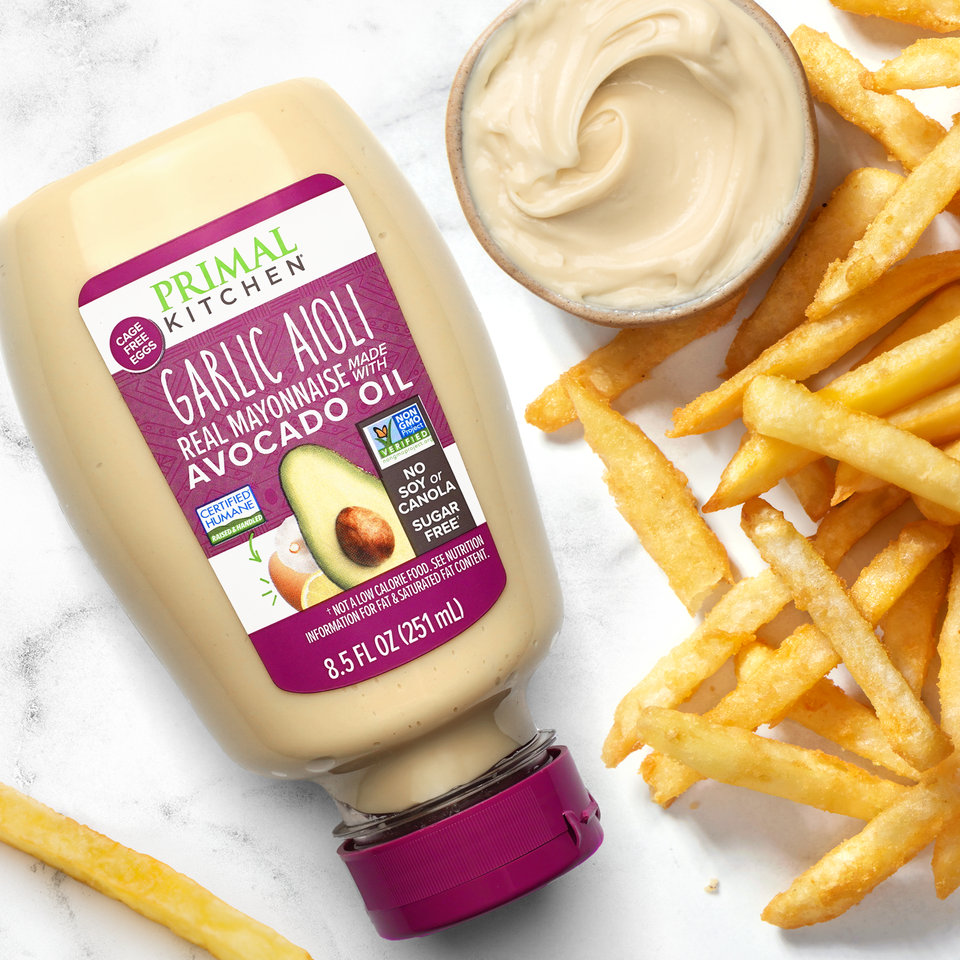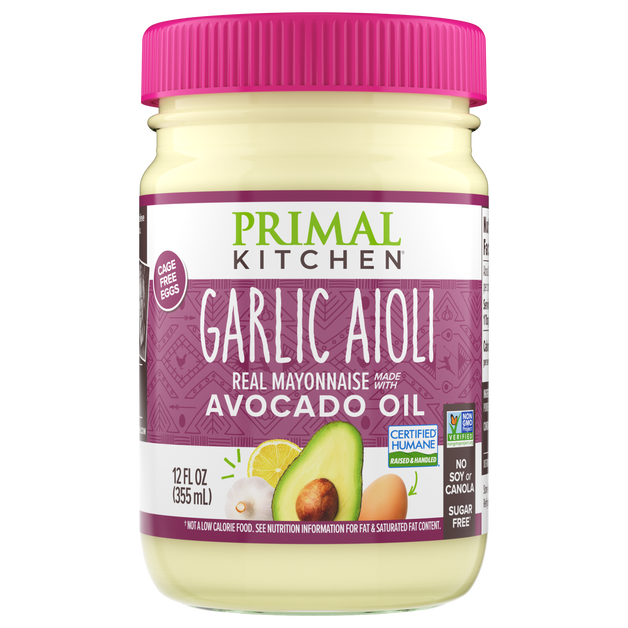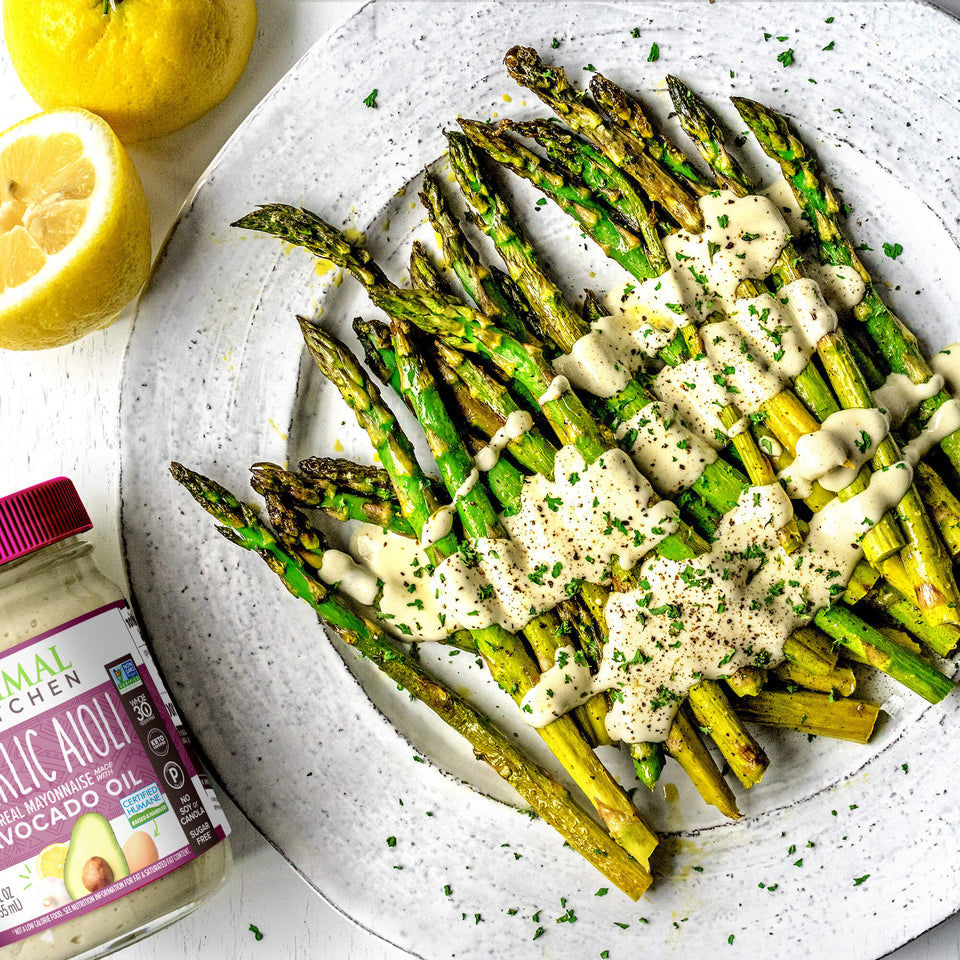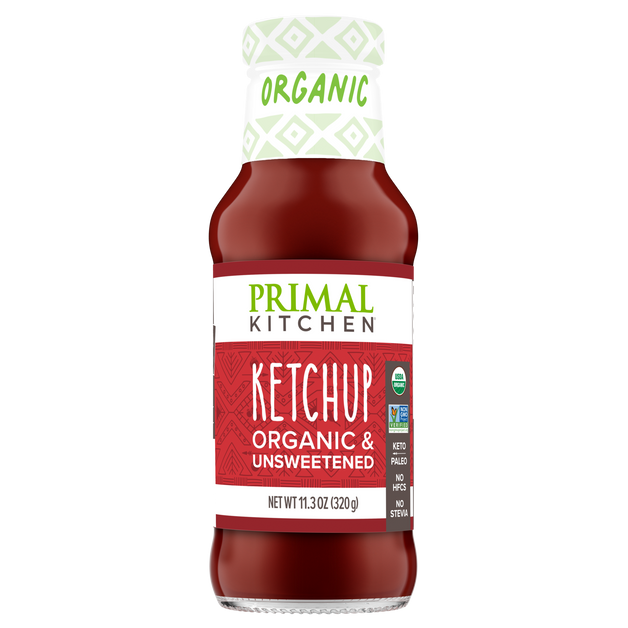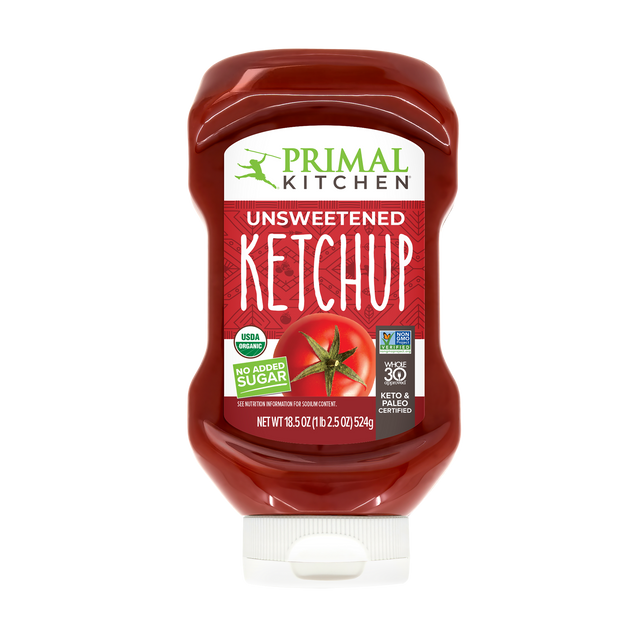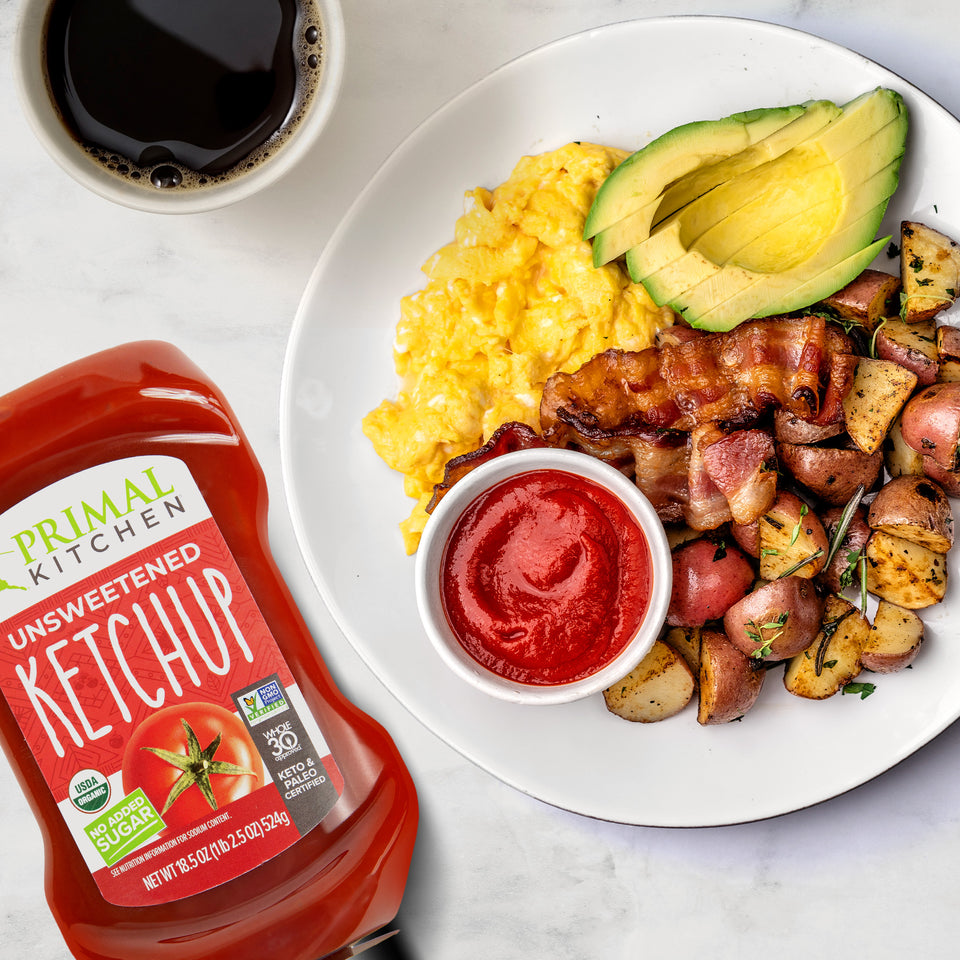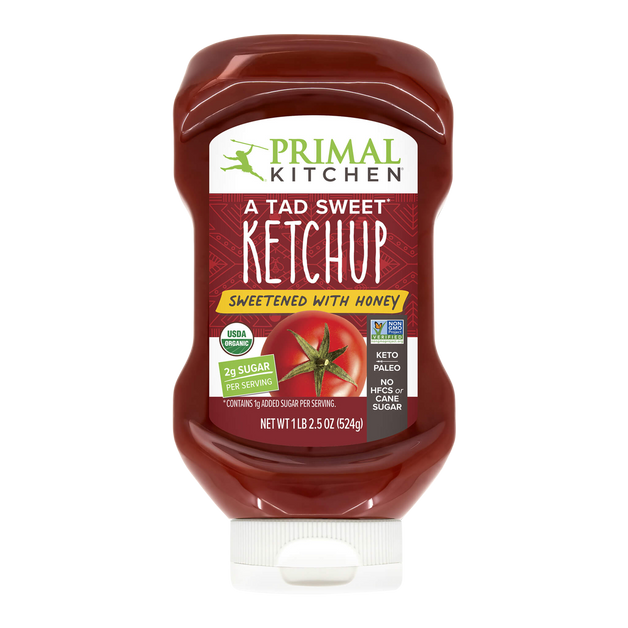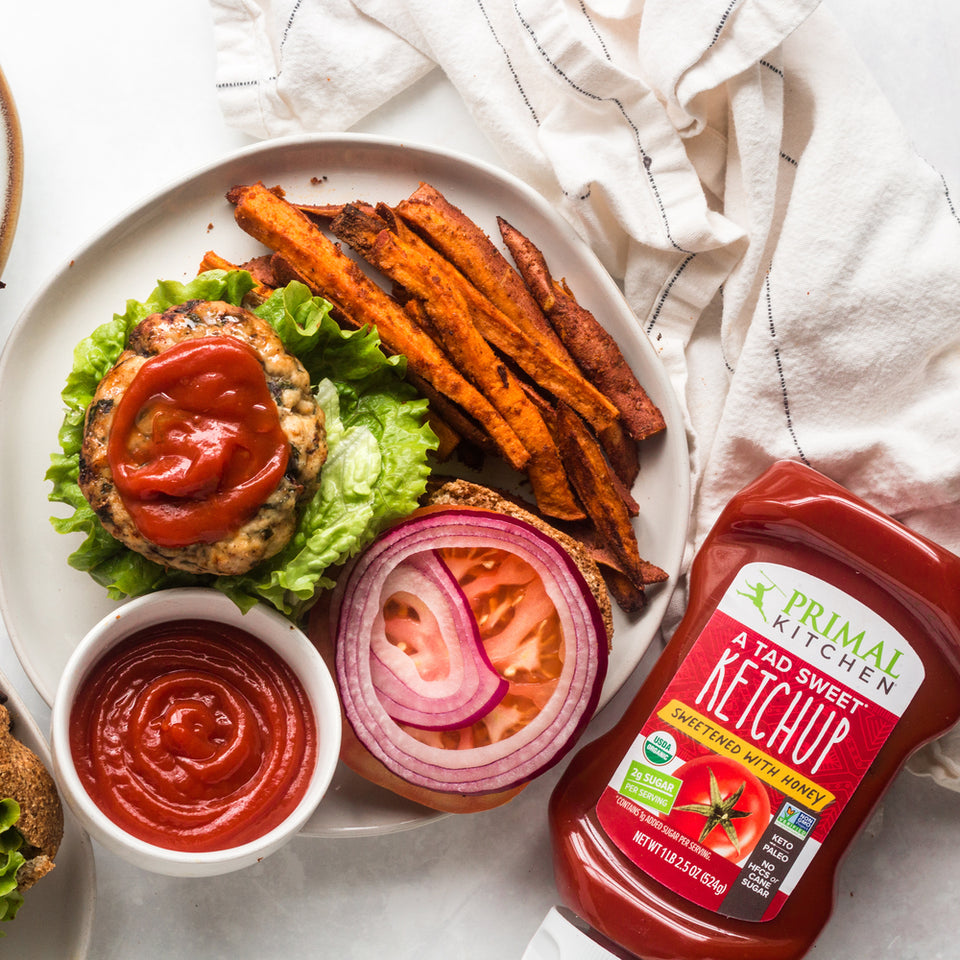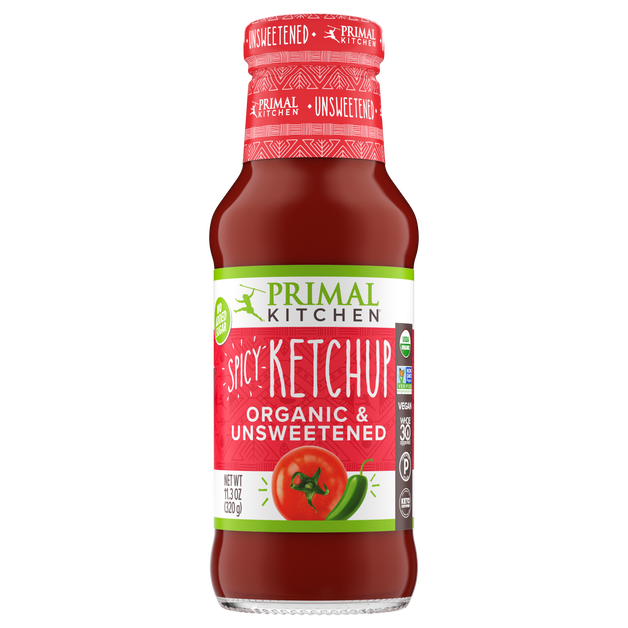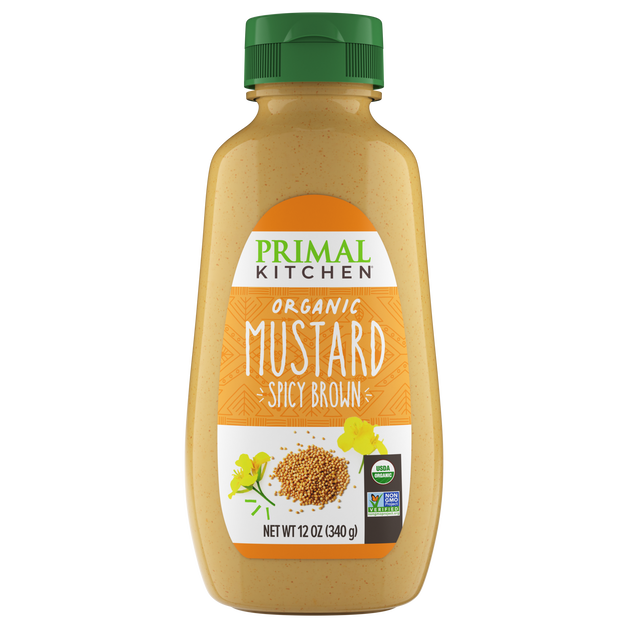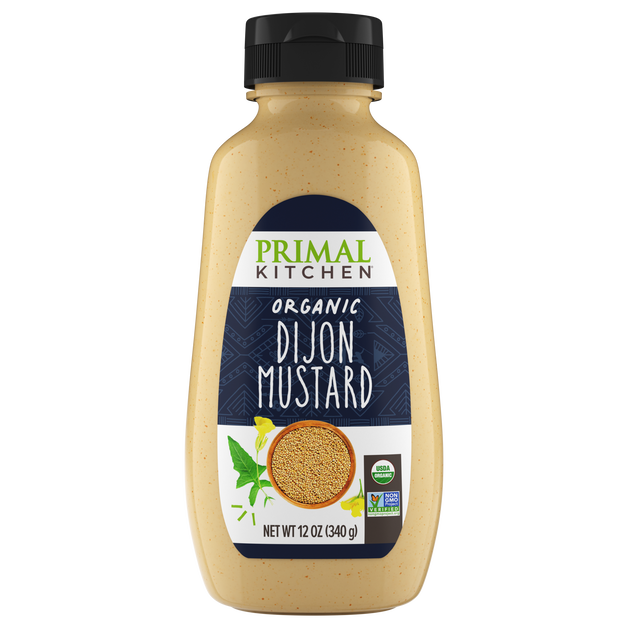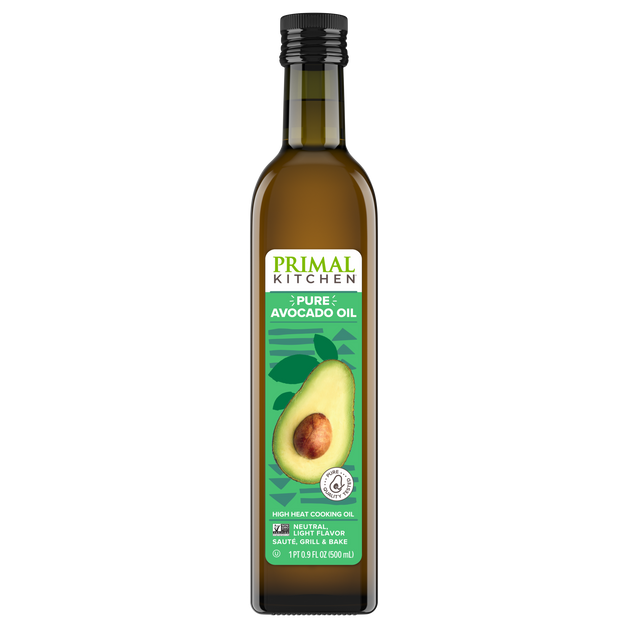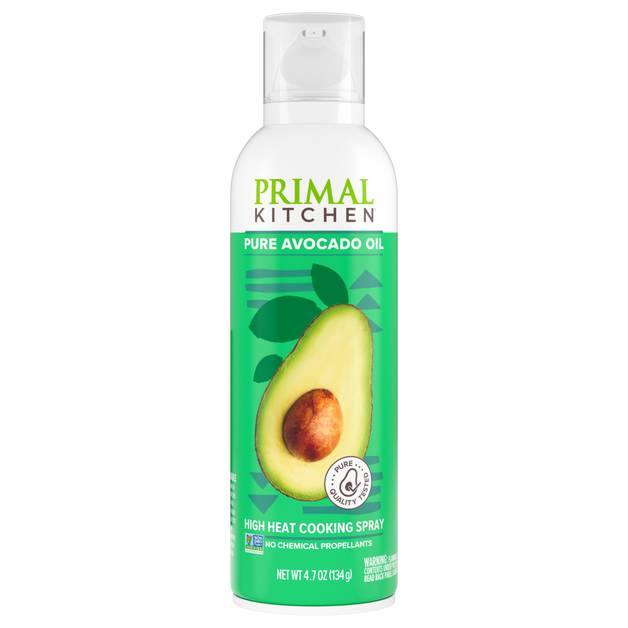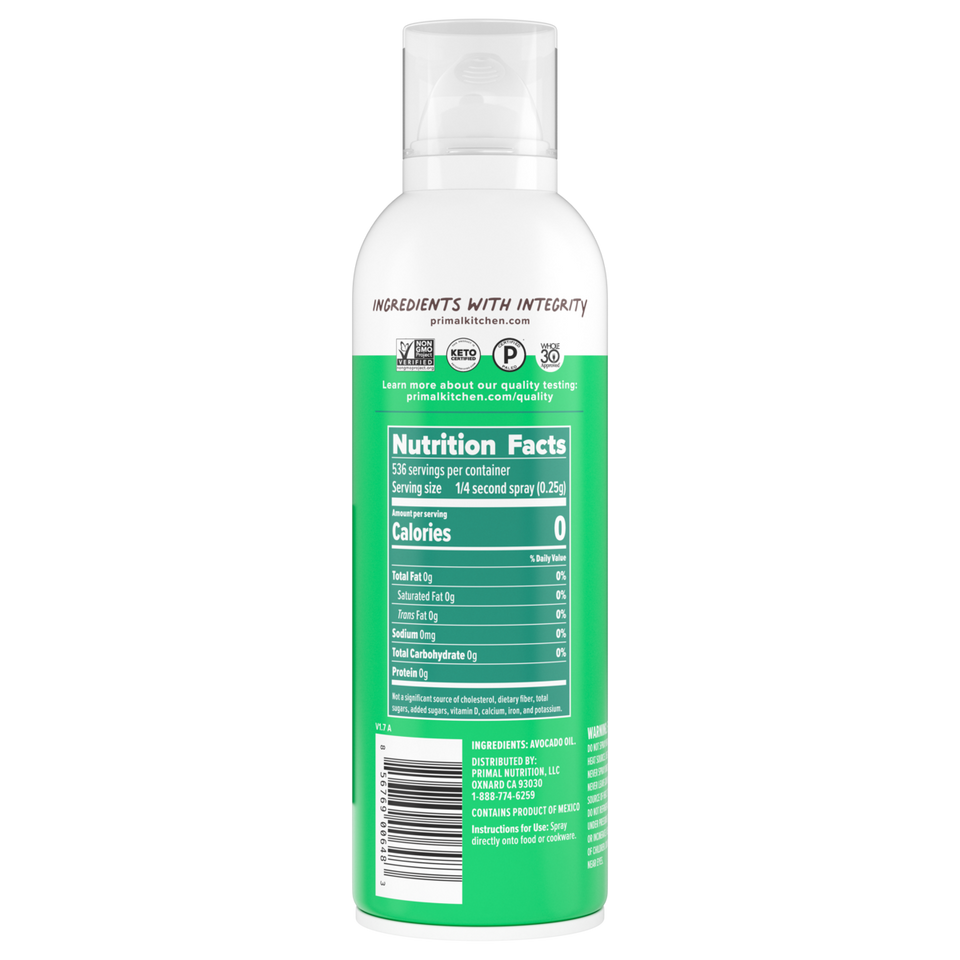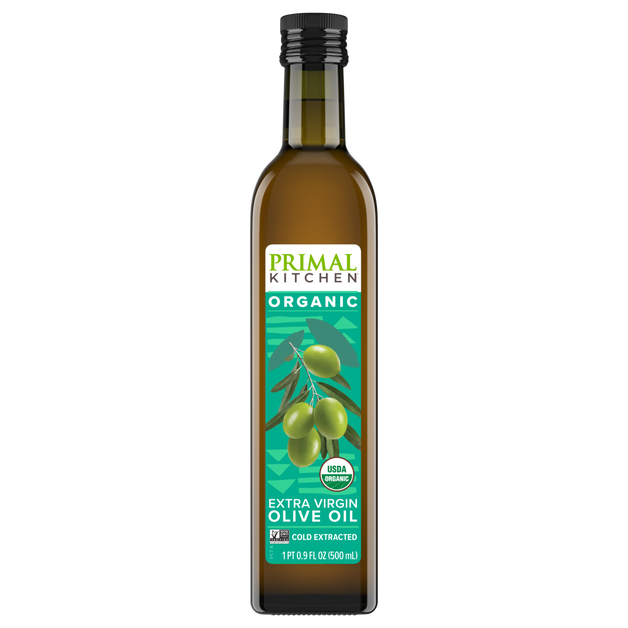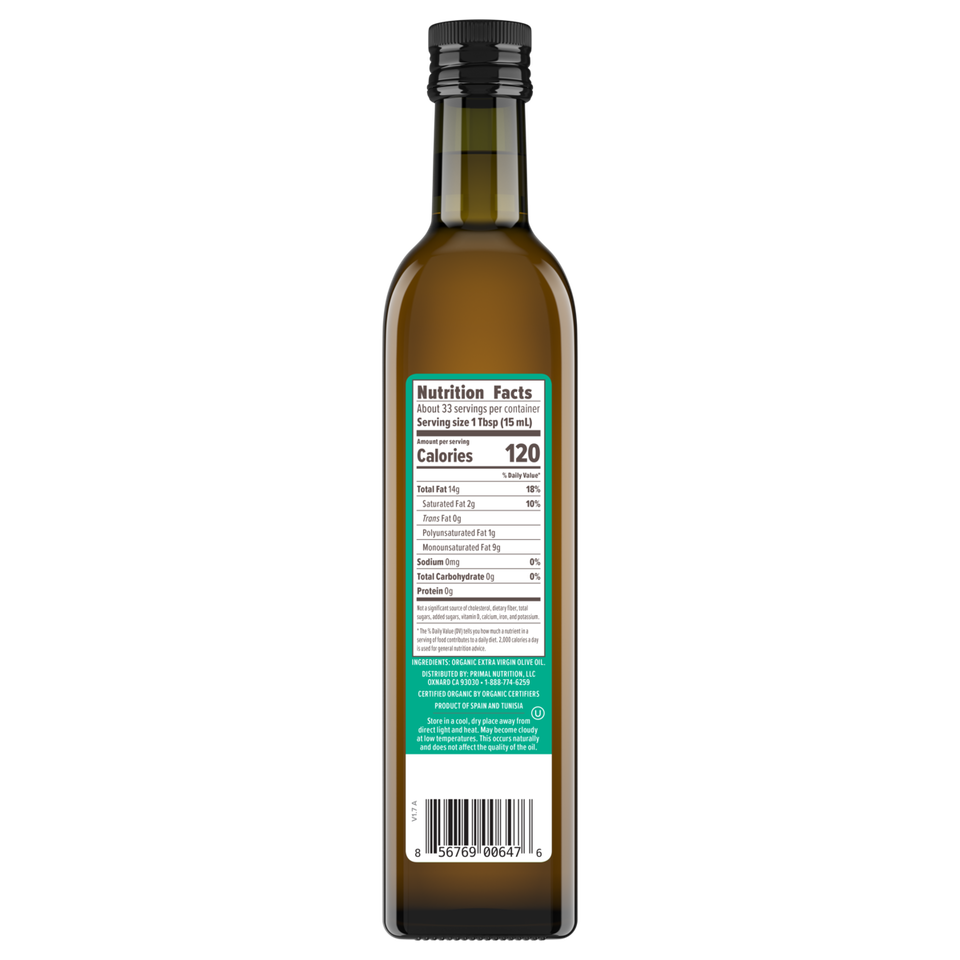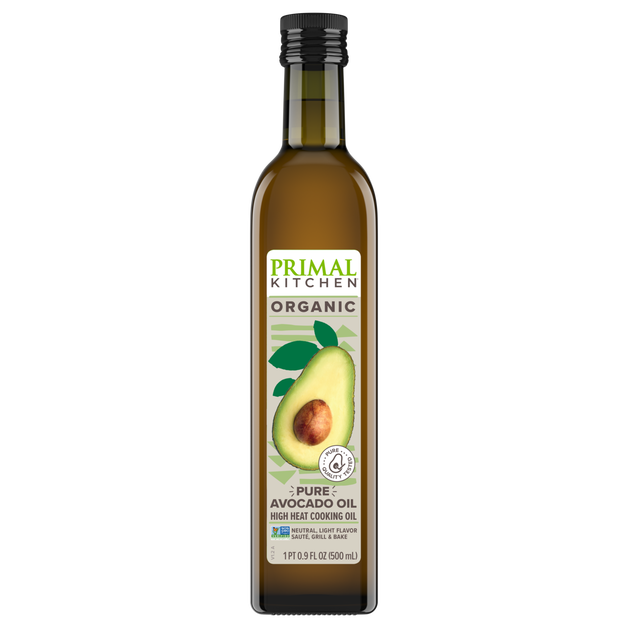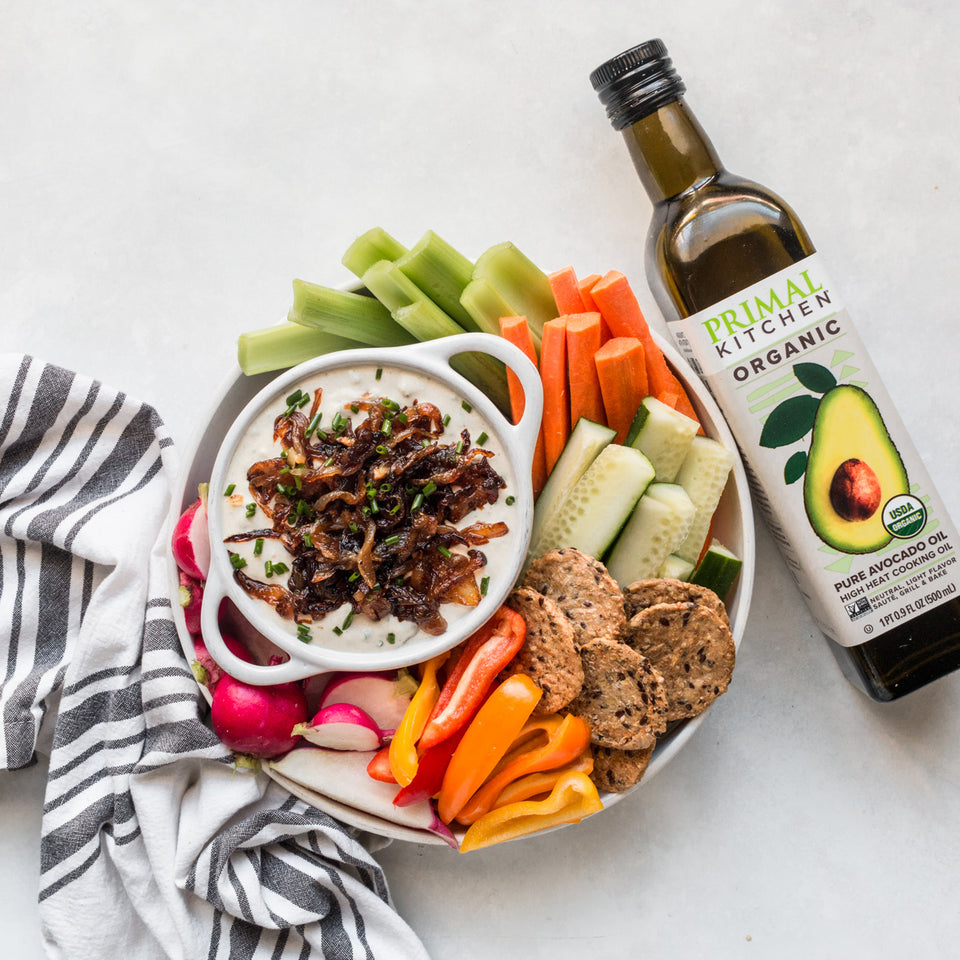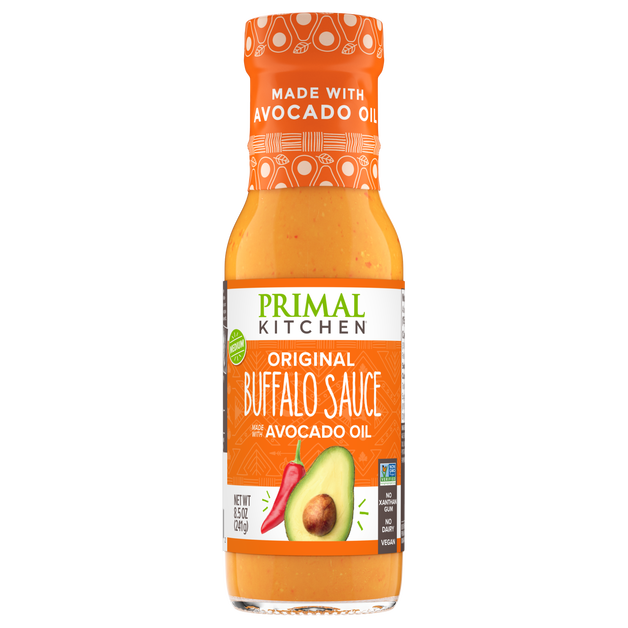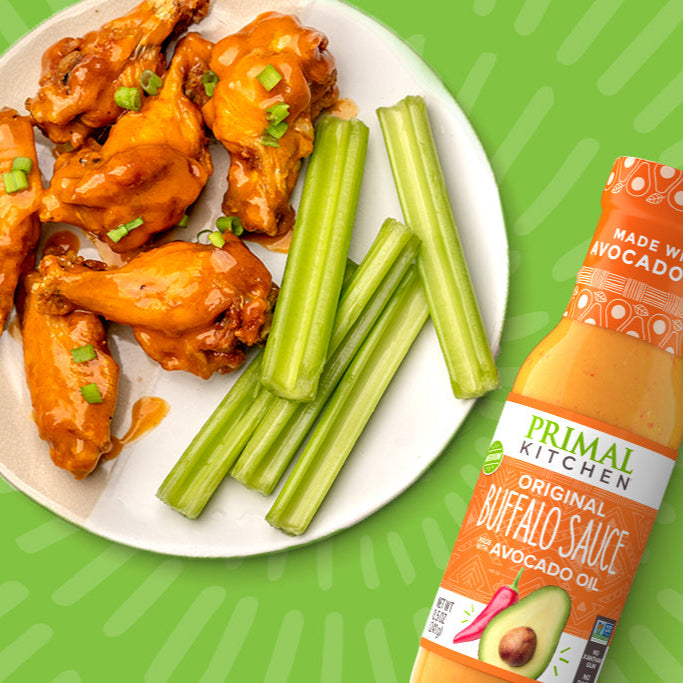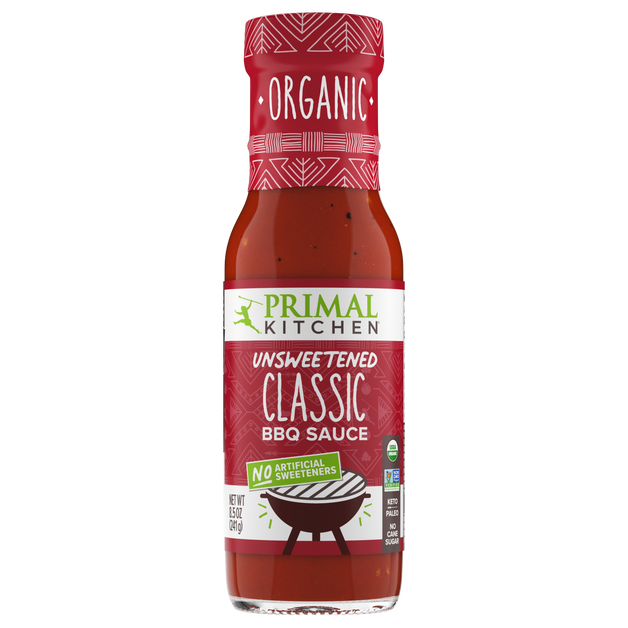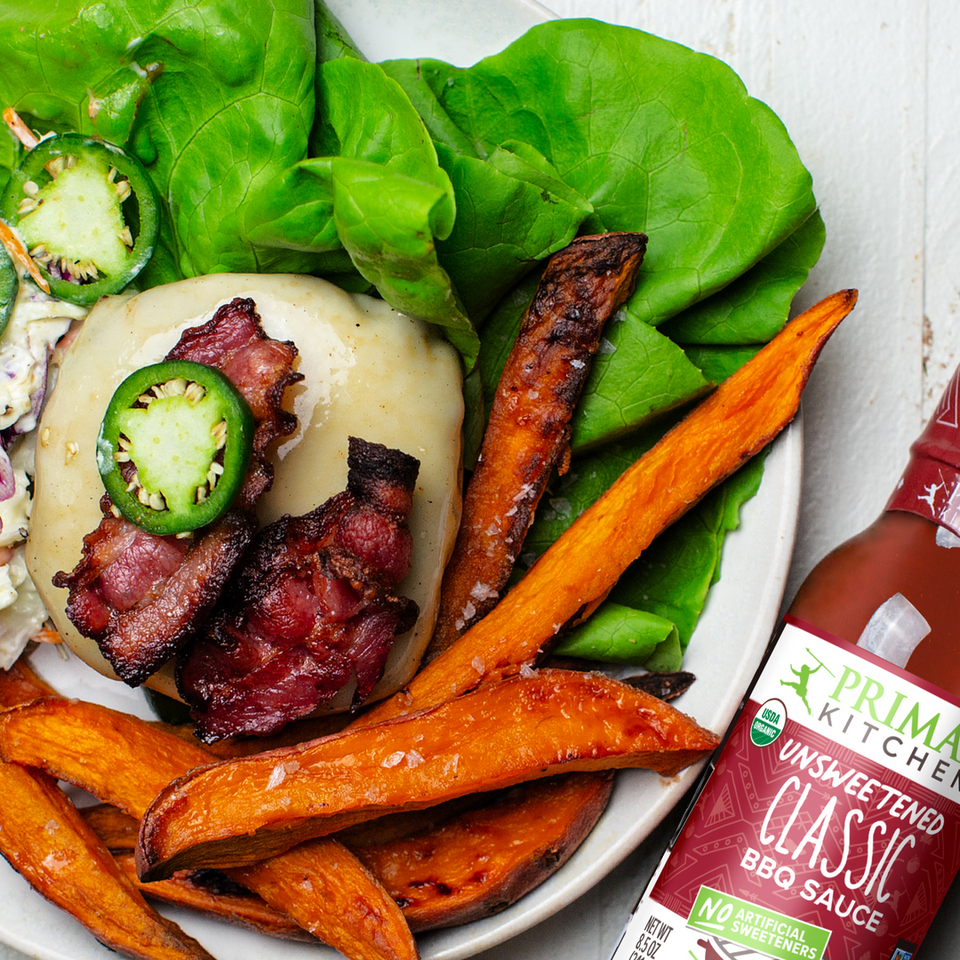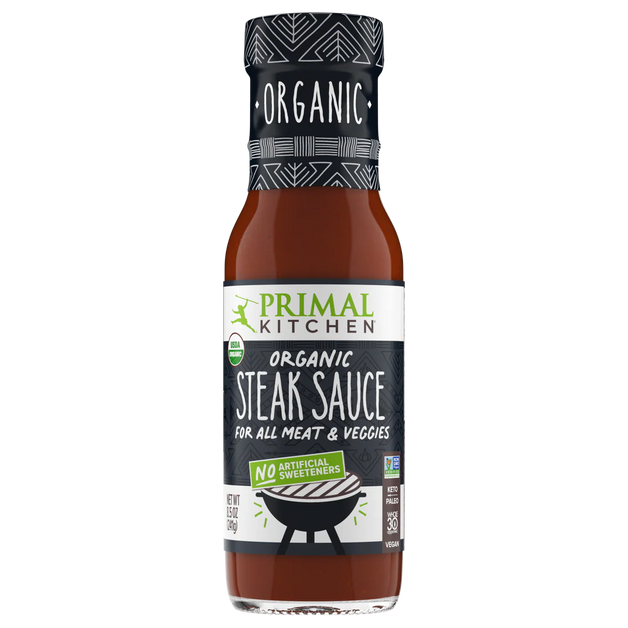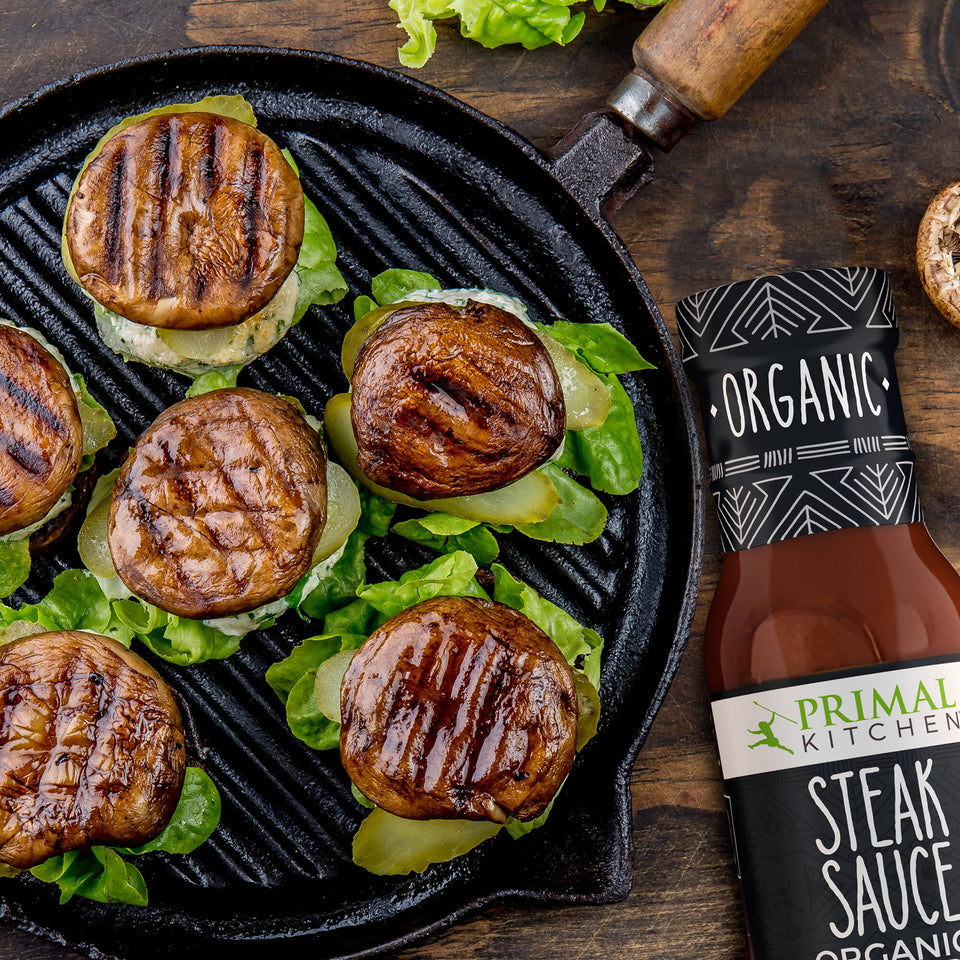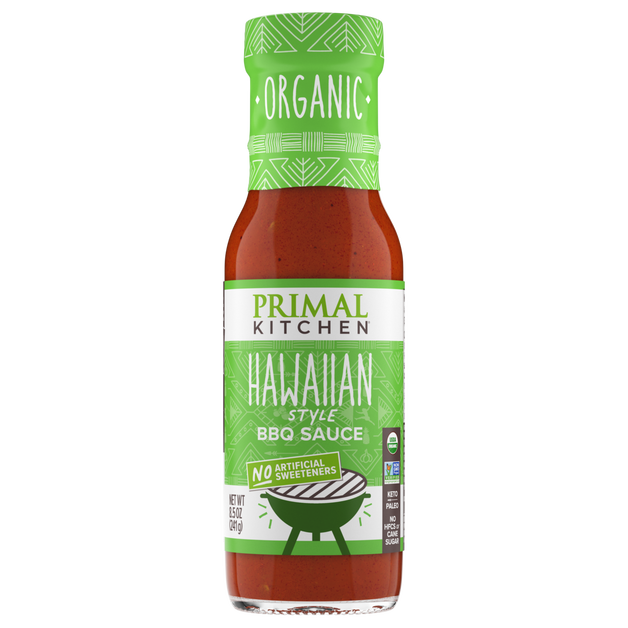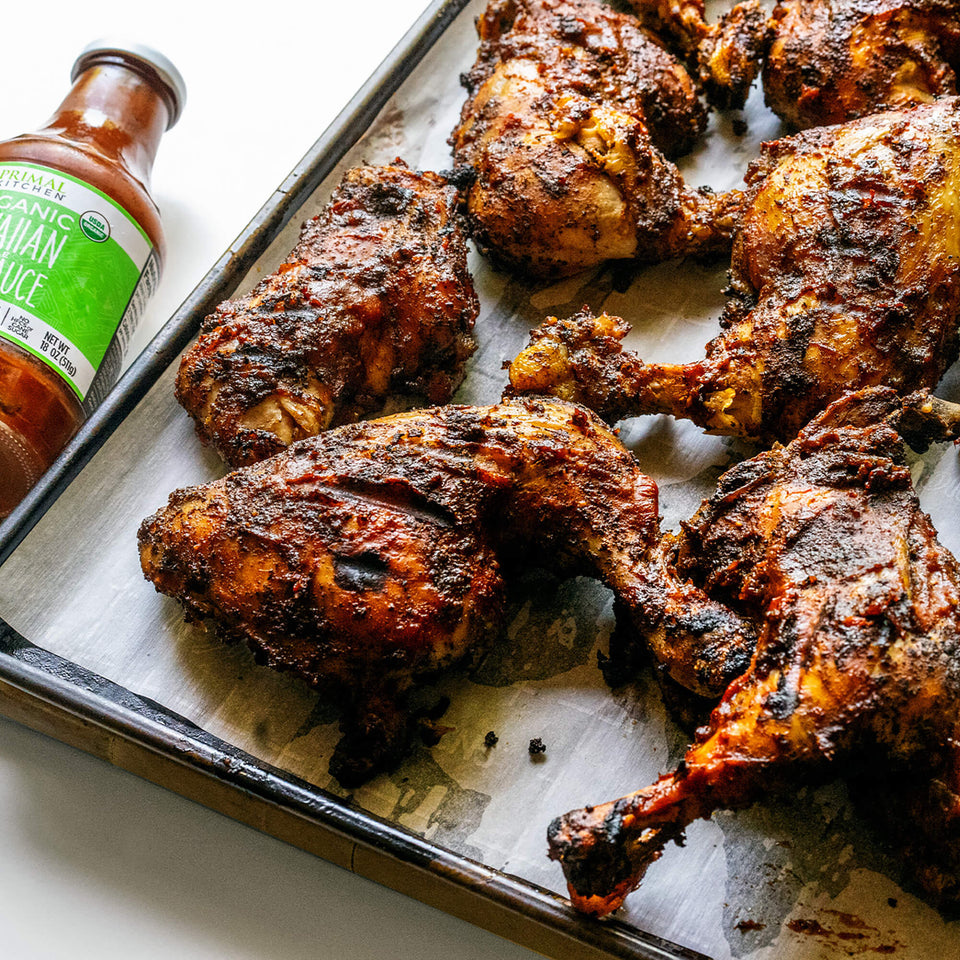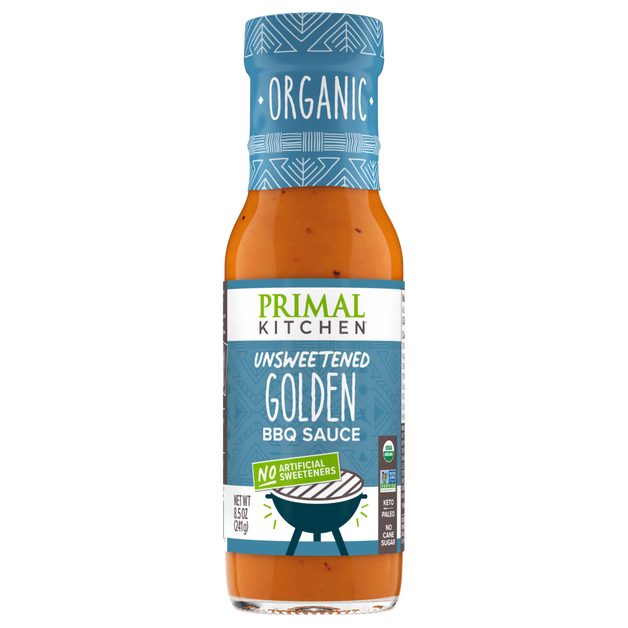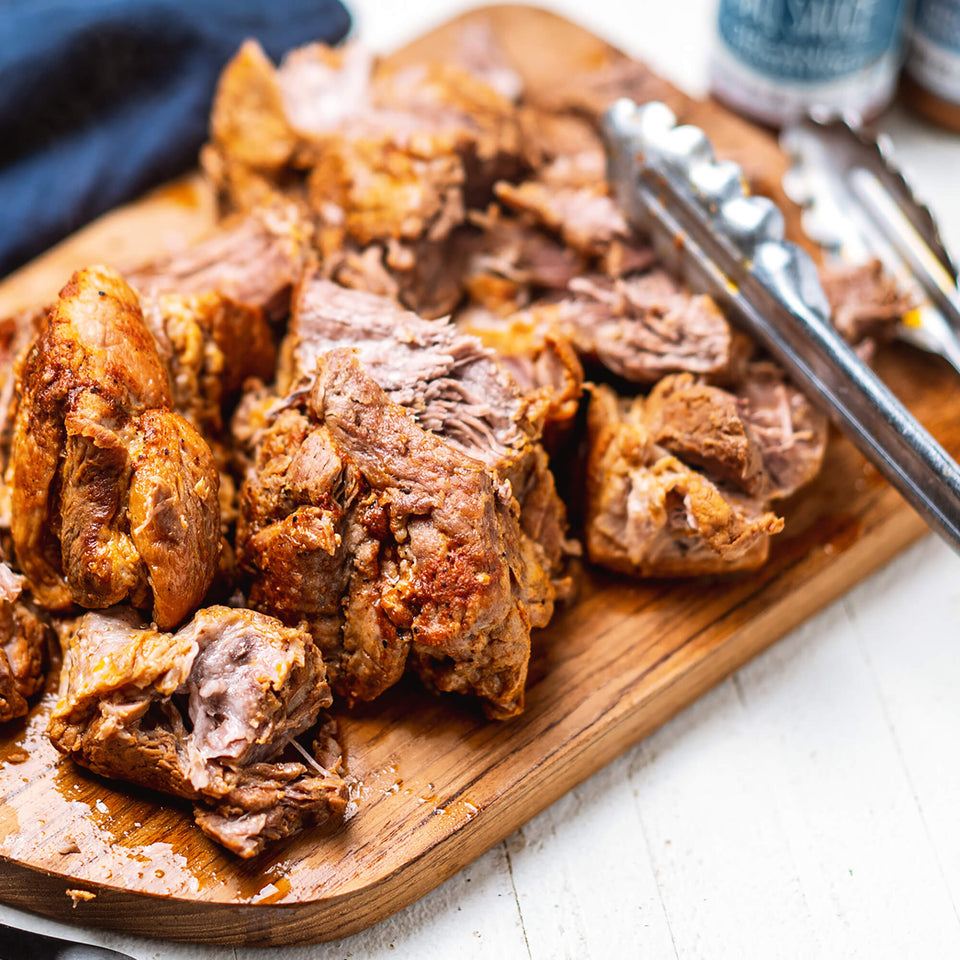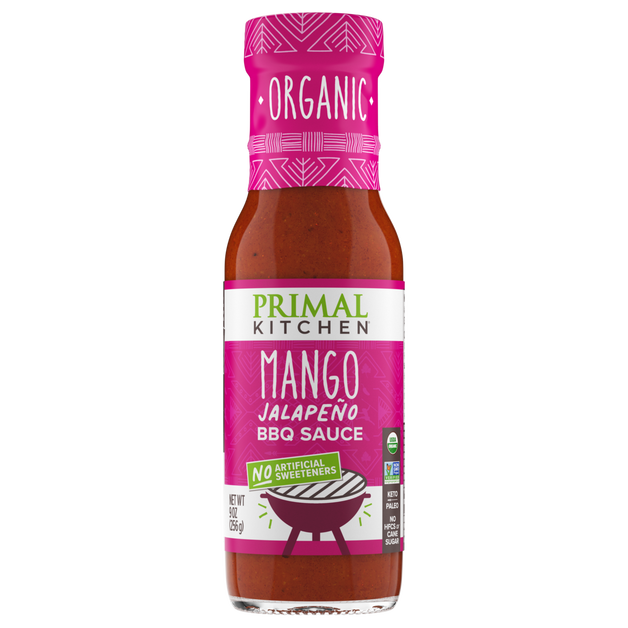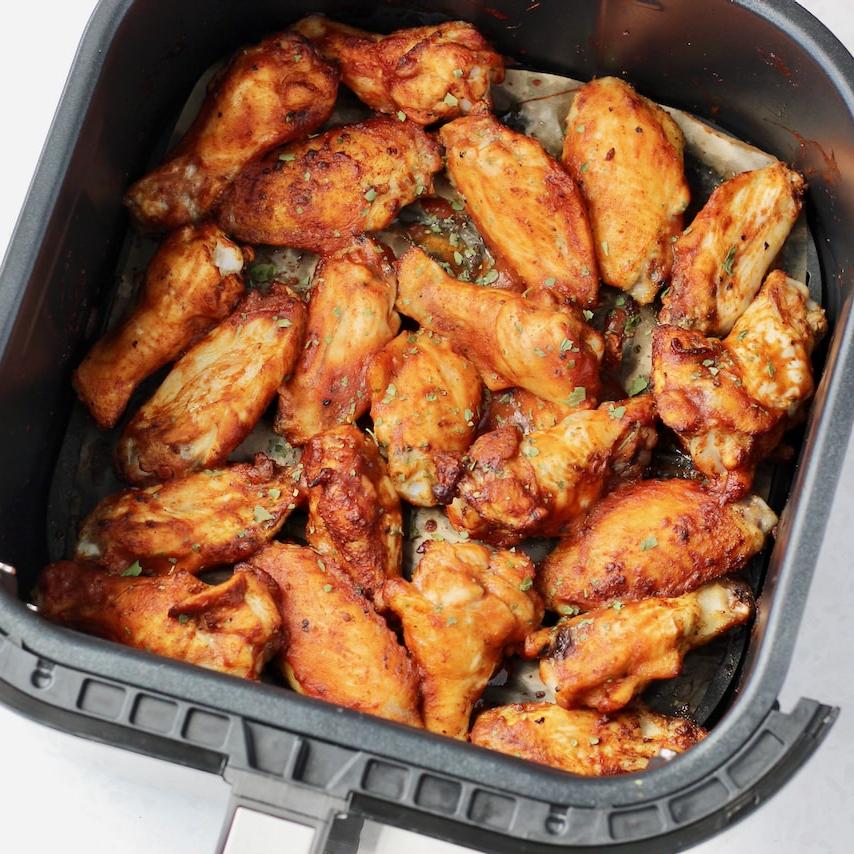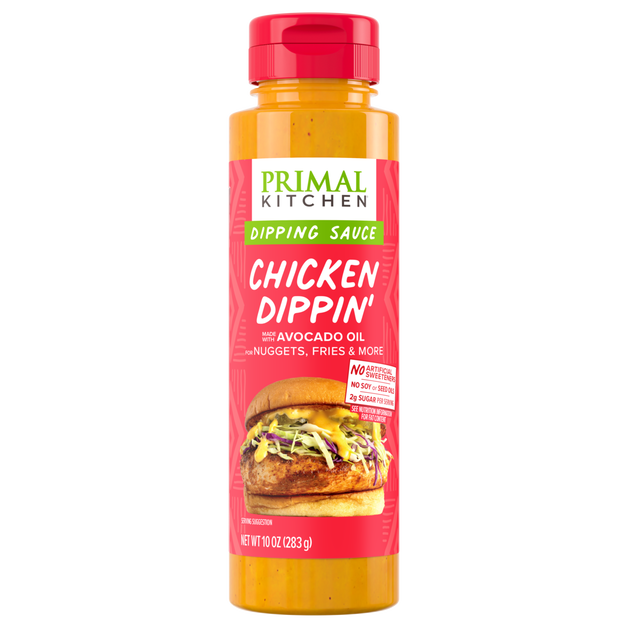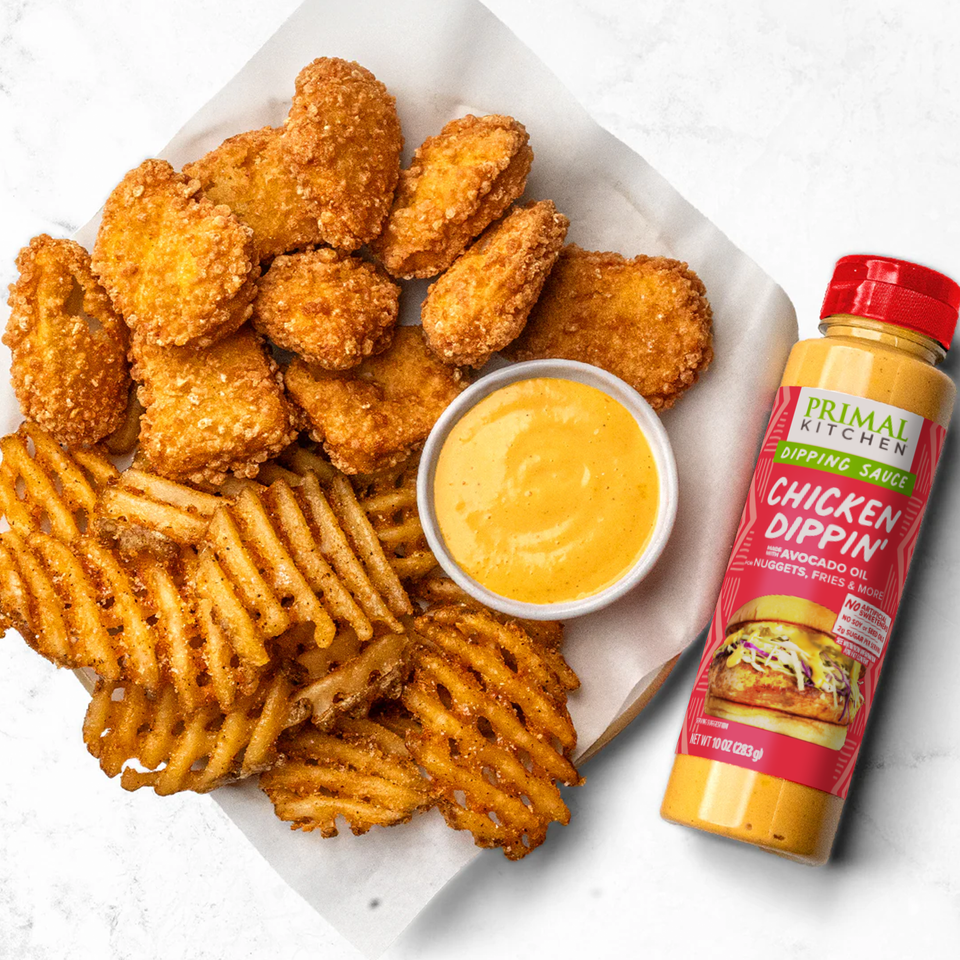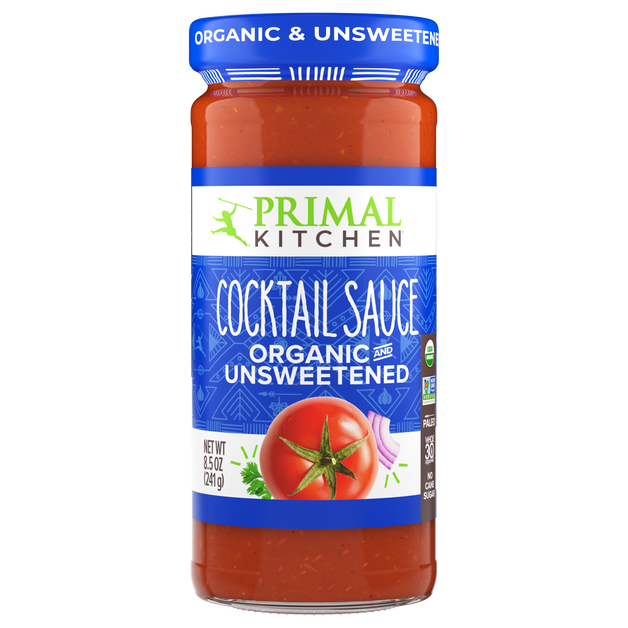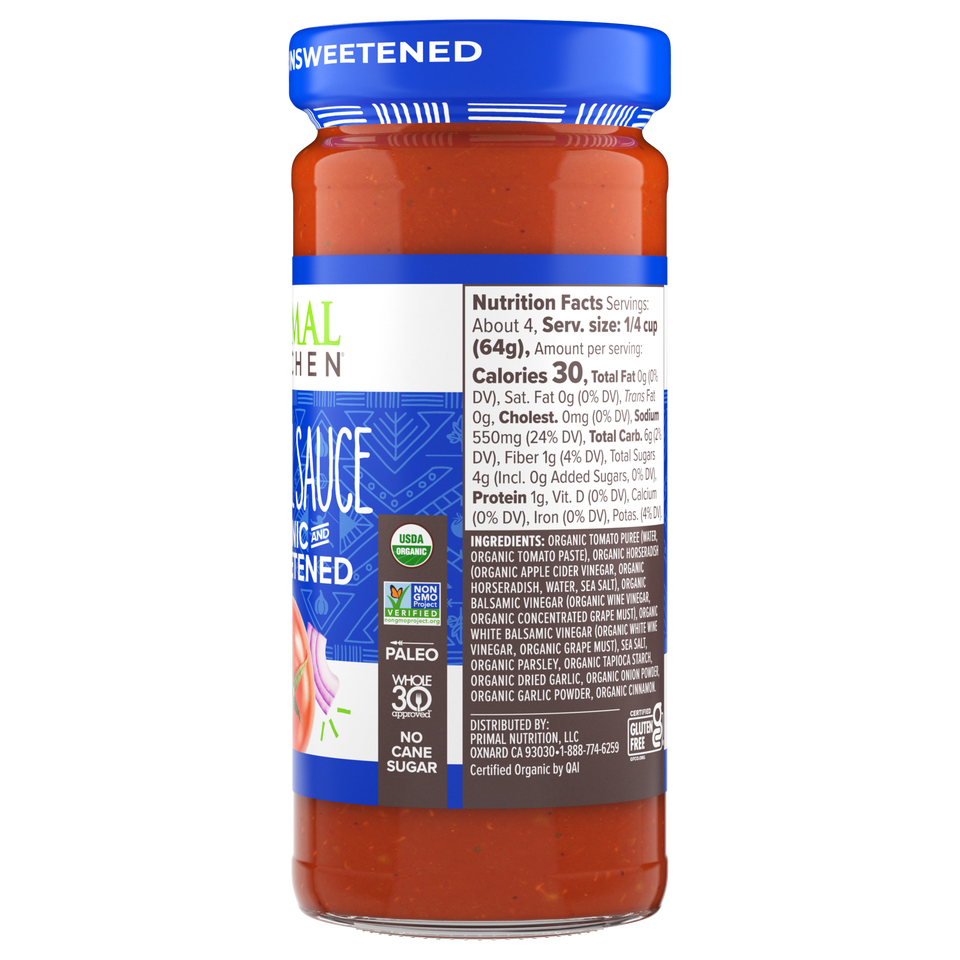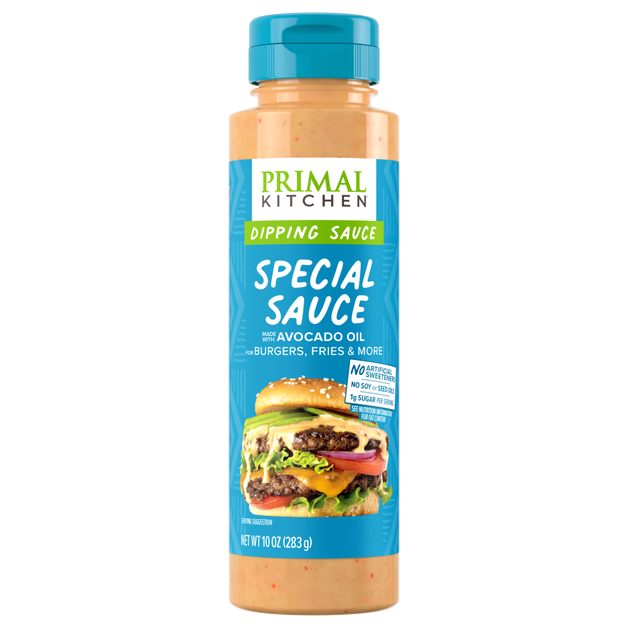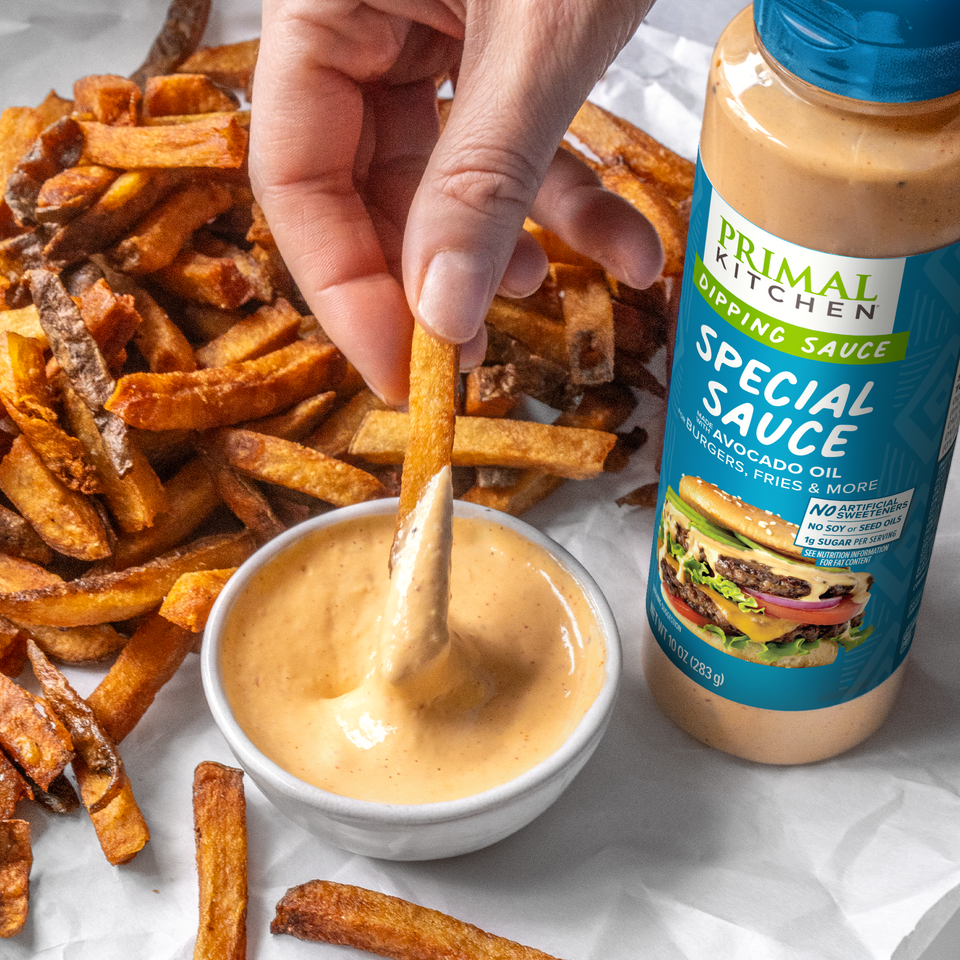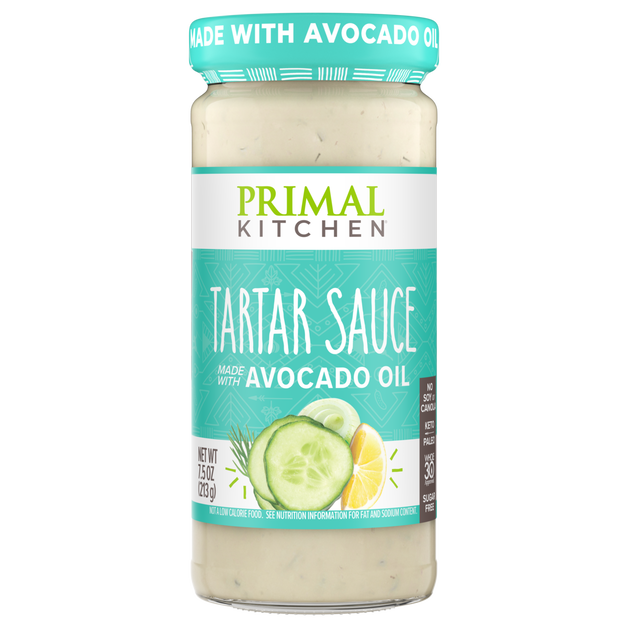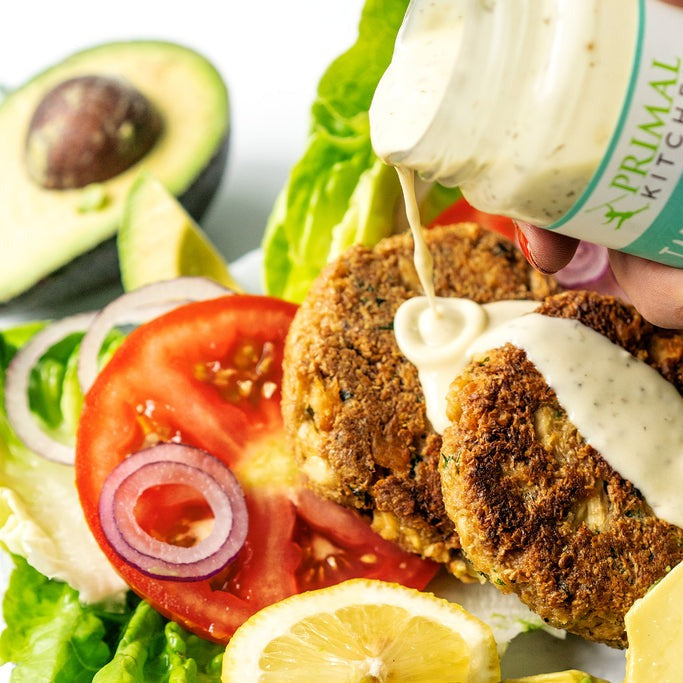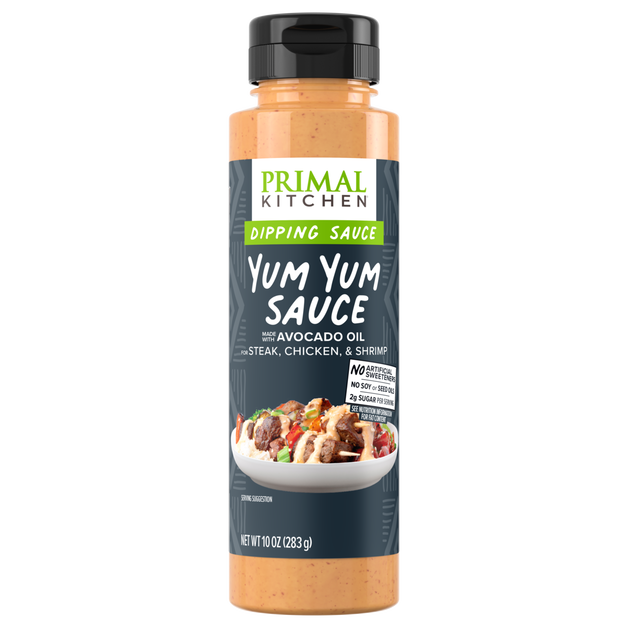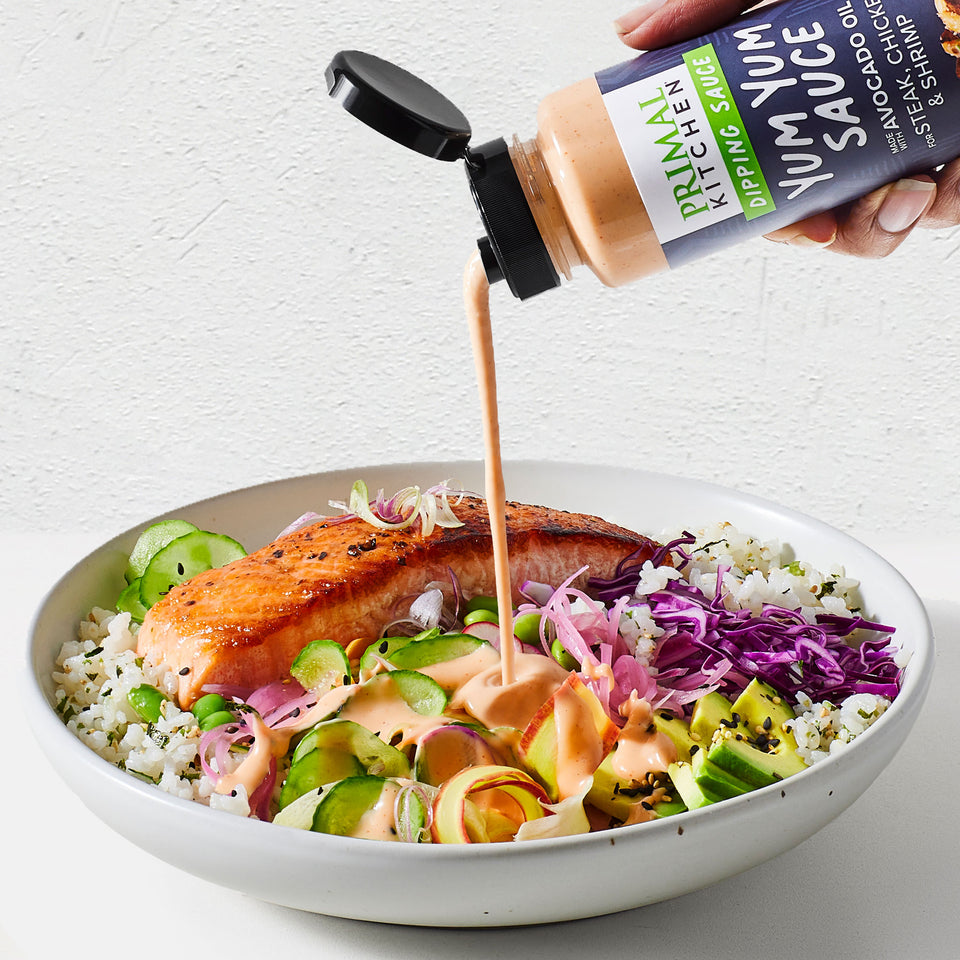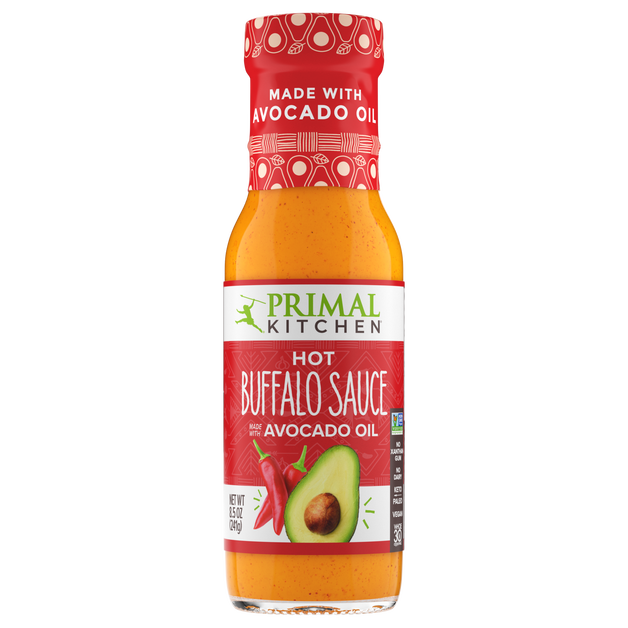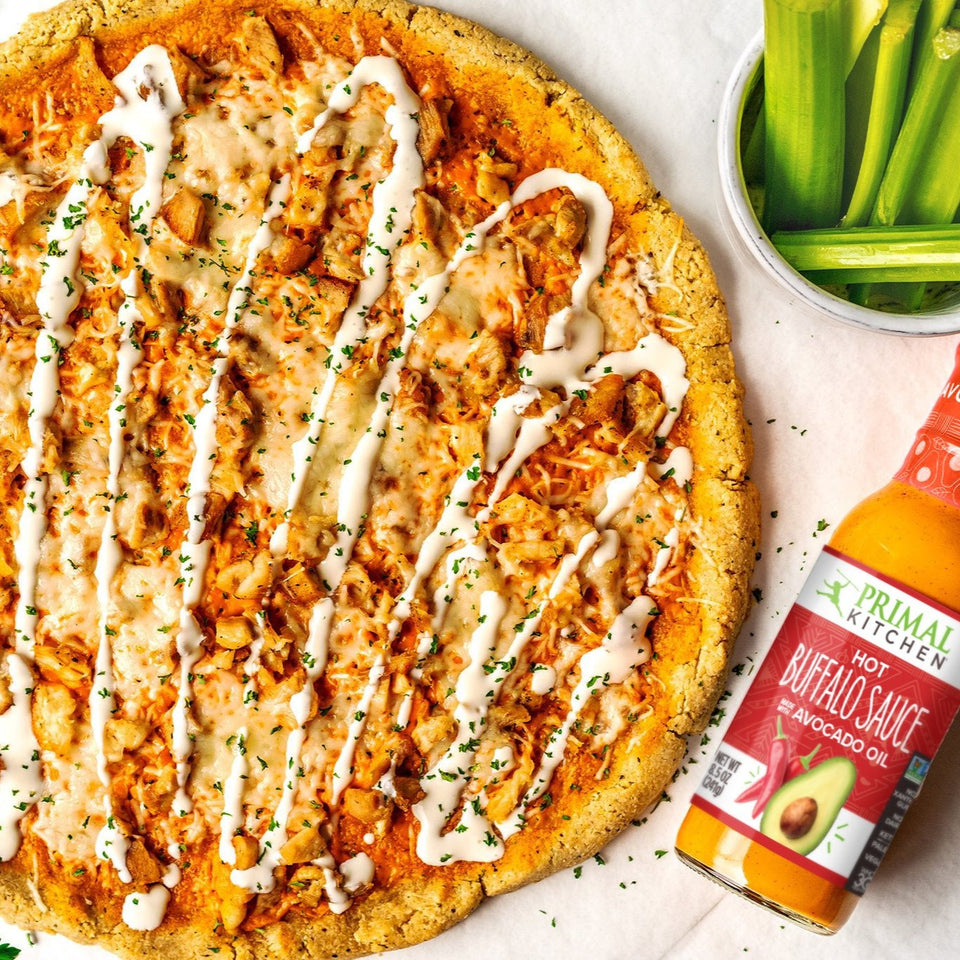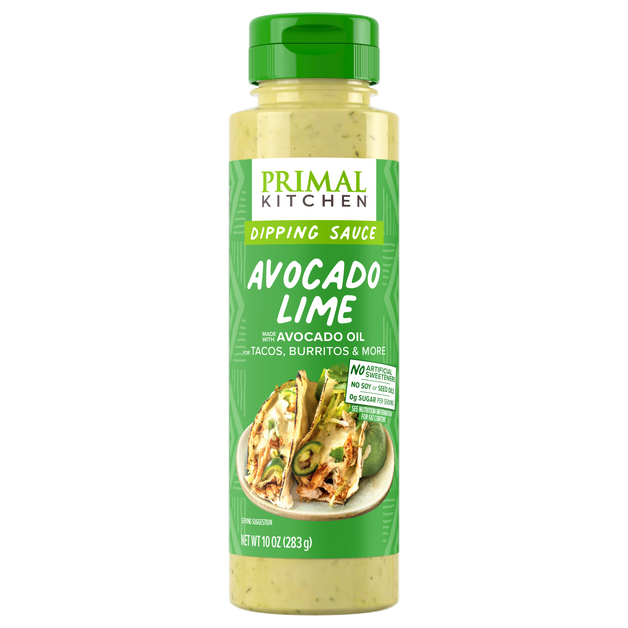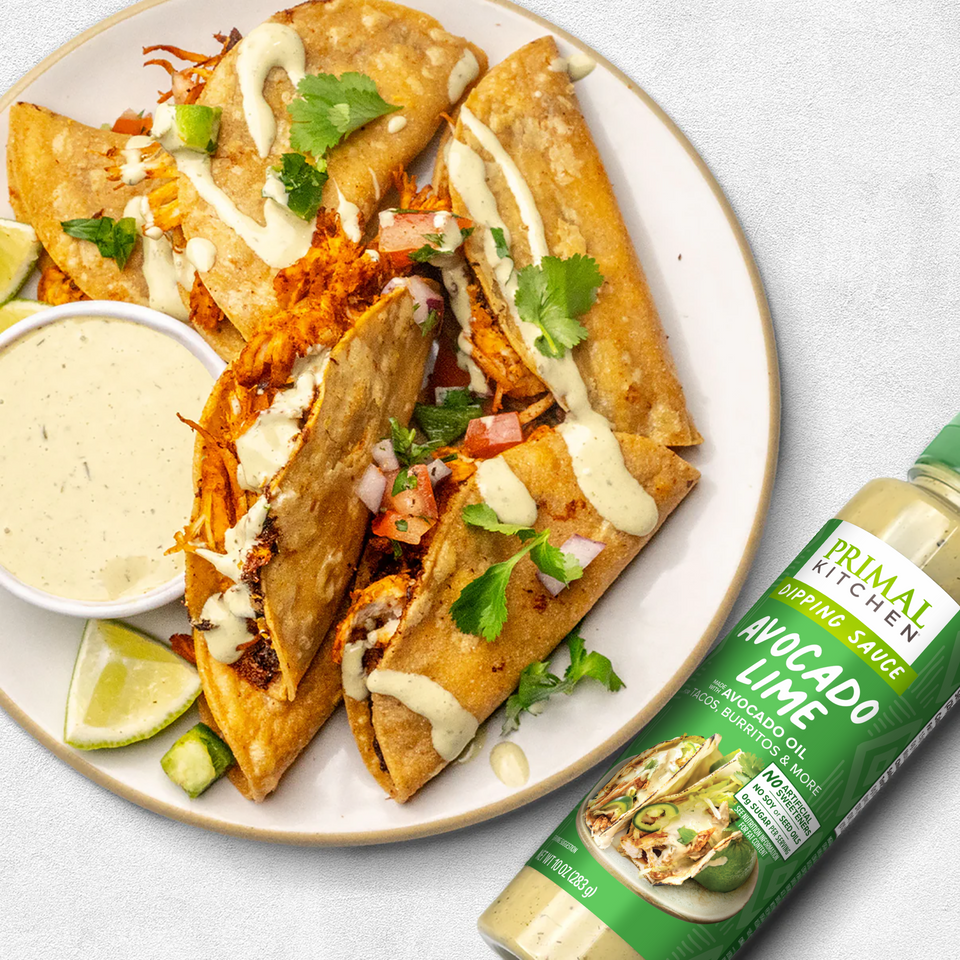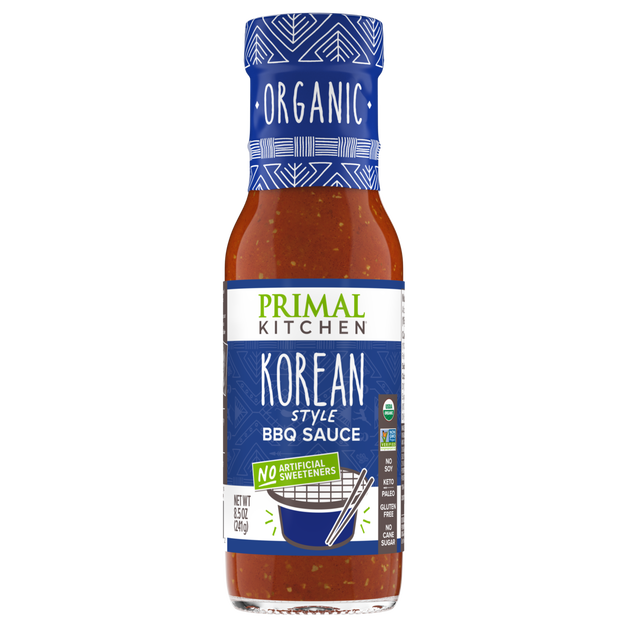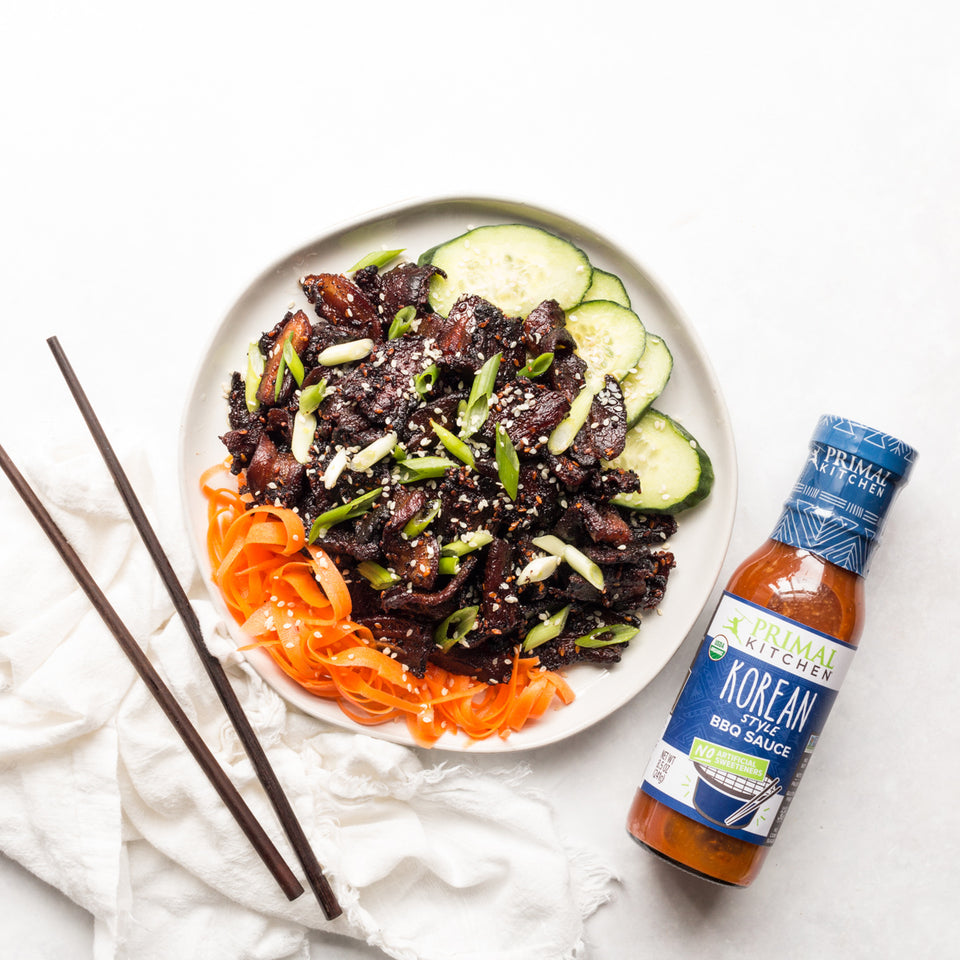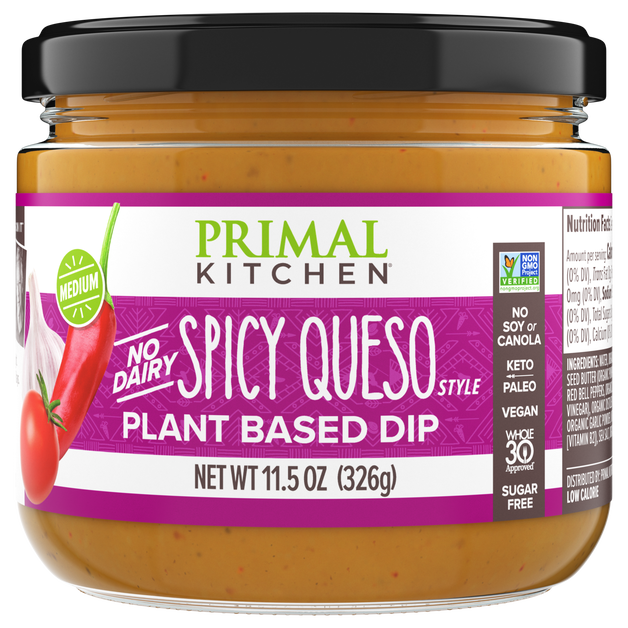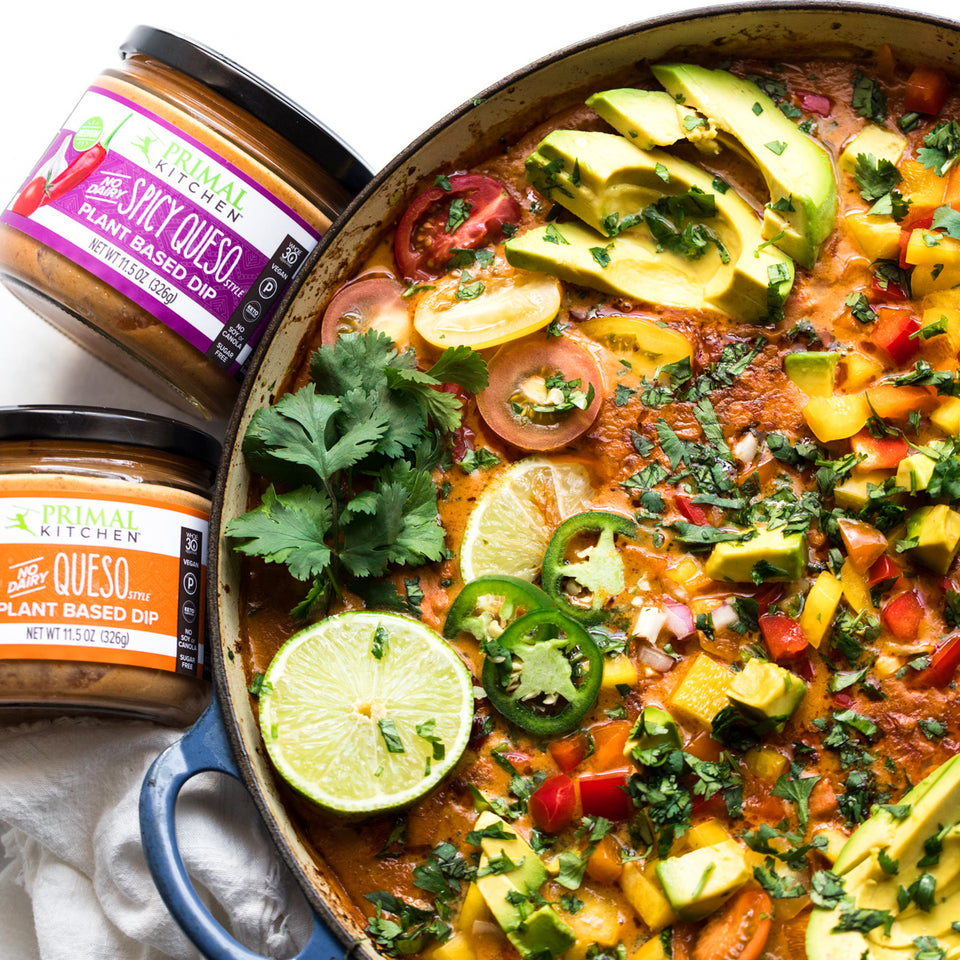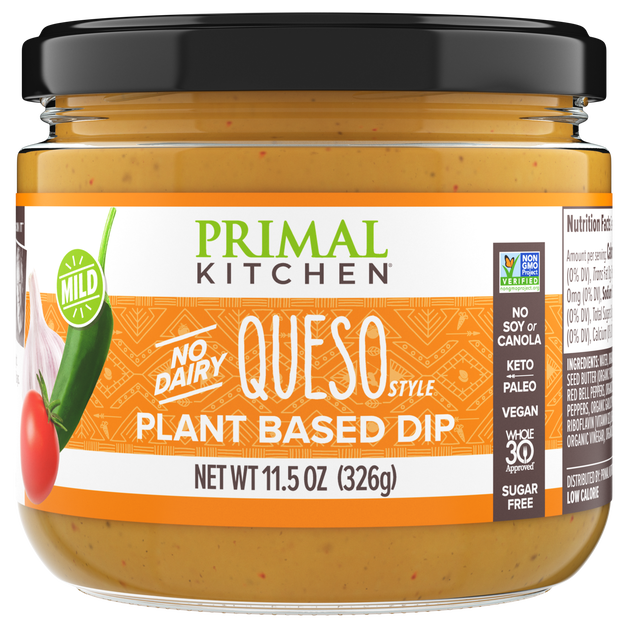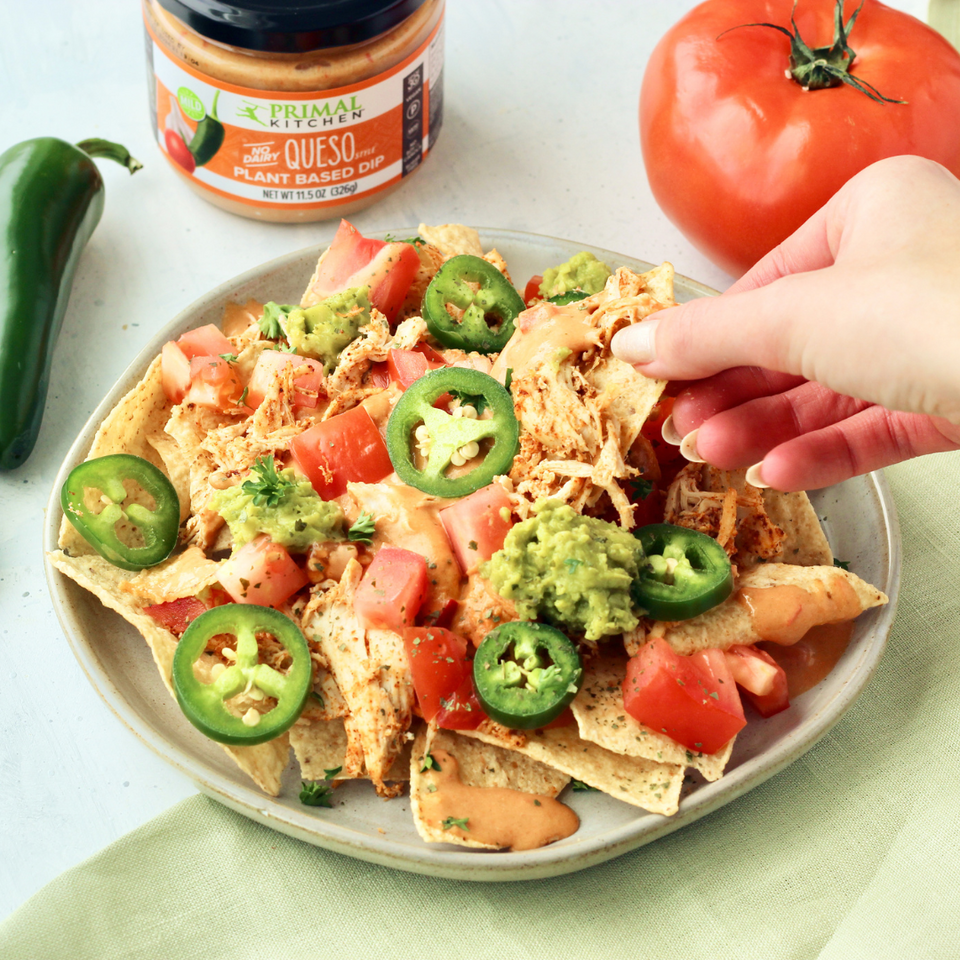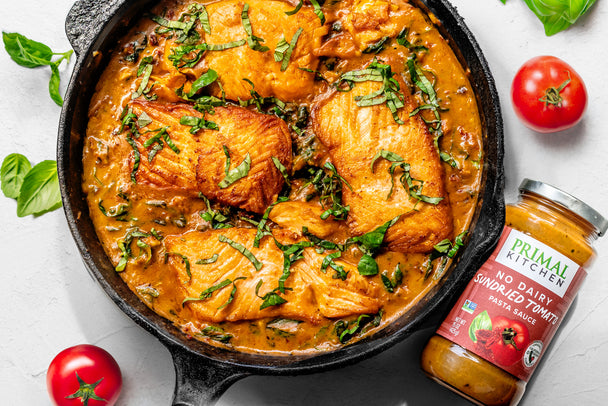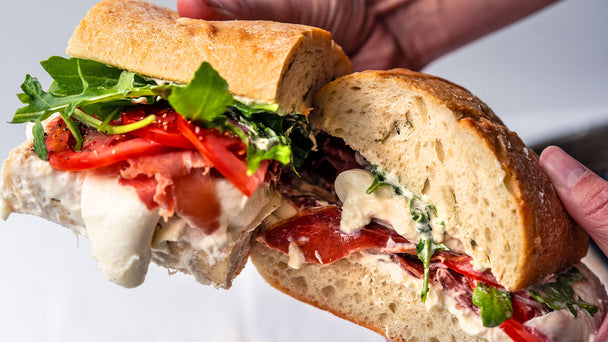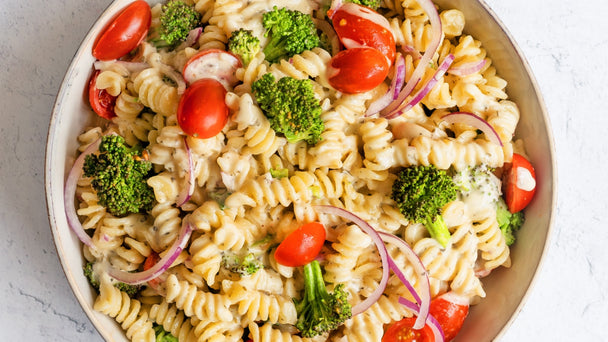Admit it: You give condiments left out at summer picnics the side-eye. I mean, shouldn’t they be in the fridge? Whether you think that counter ketchup is suspicious or you were cheering for Team Pantry in 2023’s viral ketchup storage wars (IYKYK), we’re here to set the record straight. Read on for the truth about where all those delicious condiments really belong.
But first, let’s get into the basics. There’s a big difference between those beautifully wrapped condiments, dressings, and sauces you see on store shelves versus opened ones. Some condiments are shelf-stable while sealed but need refrigeration once opened. So, you’ll want to have a different set of storage rules for open condiments vs. new, still-sealed ones.
Also, all brands and products are not created equal. Some condiments made with dairy ingredients require refrigeration from day one, while those with high levels of preservatives, stabilizers, or sugar can often be kept in a cool, dry place even after opening. Basically, the same rules of storage don’t always apply—we’ll get to the specifics later. Let’s dive in, starting with mayo.

How to Store Mayo
Mayonnaise is a miracle maker. Sandwich spread, BLT buddy, potato salad starter, and all-around awesome condiment, it’s a must-have for family-friendly pantries (including ours, of course).
When sealed, mayo is shelf-stable, which means that it can be kept in your pantry or kitchen cabinet when you bring it home. Once you open the lid, move your mayo to the door shelves of your refrigerator. Why there? Mayo can be picky about the temperature. The door compartments are cool enough to keep your mayo happy, but not so frosty it needs a sweater.
Primal Kitchen Mayo is made with real, delicious ingredients like avocado oil and Certified Humane® cage-free eggs—no artificial stabilizers or thickeners. Because we use premium ingredients, our mayo can be sensitive to extreme temperature fluctuations, especially cold. That’s why we recommend purchasing our mayo products locally during freezing weather, rather than having it shipped to your home.
|
Taste Tip: Safety First Always check the expiration date on mayo and other condiments before each use to make sure they haven’t expired! |
How to Store Olive Oil & Avocado Oil
Oils are your kitchen countertop’s best friend. They perch there like little culinary soldiers just waiting to be drizzled and dripped where they are needed. As with honey, most cooking oils don’t need to be refrigerated after opening. In fact, pure oils are one of the everyday ingredients that you absolutely should not store in a cold environment!
If you’ve ever accidentally stashed your olive or avocado oil in the fridge, you’ll understand why. Oils stored in refrigeration can become cloudy, thick, or even solidify into a gel-like form. While you can certainly leave an unintentionally chilled bottle on the counter until it comes to room temperature again, some oil lovers say this can negatively affect the taste.
Keep our Pure Avocado Oil and Extra Virgin Olive Oil in a cool and dry place, such as a pantry or cabinet, before and after opening. Follow the same rules for oil sprays. We love displaying ‘gram-worthy oil bottles on our countertop, where they add to the kitchen ambiance and we can conveniently grab them while cooking! Just be sure to tuck premium oils against a wall or under a cabinet where they’re not in full, blazing hot sunshine all day.
|
Taste Tip: Counter Intuition If you live in a warm, sunny climate, skip the countertop display and keep your oils in a spice cabinet next to the fridge instead. |
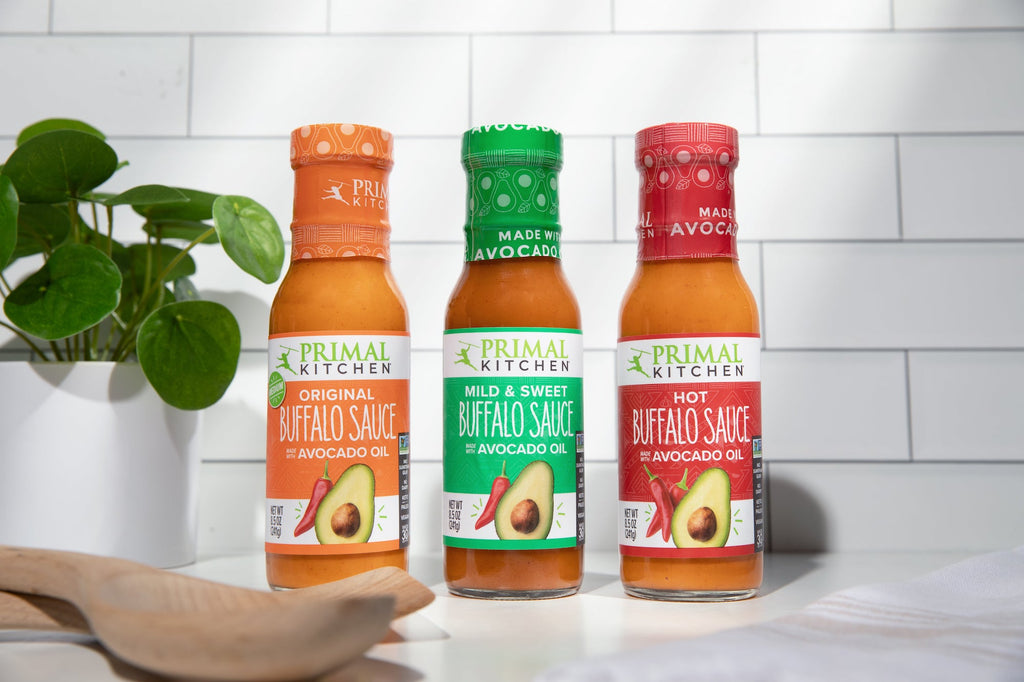
How to Store Dressings & Sauces
Meats are nothing without delicious sauces, and a salad is just dry, boring lettuce without the dressing. At least, that’s how we feel, and we’re guessing you might be in the same mindset. You might have heard that only creamy dressings need to be refrigerated, or that sauces can stay on the counter indefinitely. Not always true.
There’s no one hard and fast rule about all dressings and sauces. Some brands require refrigeration even before you pour the first drop. Our products are shelf-stable prior to opening them, meaning that sealed Primal Kitchen dressings and sauces can be stored unrefrigerated in a cool, dry place like a cabinet or pantry.
Once opened, migrate them to the fridge for optimal freshness. While they’re not as sensitive as our mayo, it’s still smart to store your Primal Kitchen dressings and sauces on the “condiment shelves,” aka the fridge door compartments. You can also store them on your refrigerator shelves, preferably near the front, where it’s a bit warmer.
|
Taste Tip: Dress to Impress Organize dressings & sauces using a clear turntable you can rotate to see all your flavor options in one place. |
How to Store Ketchup & Mustard
The classics of the condiment world, ketchup and mustard are everyday essentials. They can uplift a basic burger, add flavor to hot dogs, or serve as a dipping sauce for fries and onion rings.
Crafted with real ingredients and no cane sugar or artificial sweeteners, Primal Kitchen ketchup and mustard varieties are elevated versions of the condiments you’ll find on restaurant tables and in packets at your local drive-thru. While it’s not uncommon to see ketchup bottles lingering on diner tables all day without refrigeration, you’ll want to take more care with our premium condiment offerings.
If you toss ketchup and mustard into your cart—real or virtual—you won’t need to worry about refrigeration when you get your new condiments home. Simply stash your ketchup and mustard in the ubiquitous cool and dry space.
“Counter ketchup” die-hards, get ready: Once you squeeze or drizzle it on your favorite foods, we recommend storing all types of Primal Kitchen ketchup and mustard in the refrigerator. Tuck them into the door compartments with your mayo or pop on a fridge shelf and continue refrigerating them after each use.
|
Taste Tip: Kiddy Korner Keep your spicy faves at adult eye level and store kid-friendly squeeze bottles on lower shelves so little ones can reach them. |
Condiment Storage Cheat Sheet
If that seemed like a lot of information to digest (pun intended) in one sitting, don’t worry. Here’s a handy list that summarizes what we’ve talked about so far.
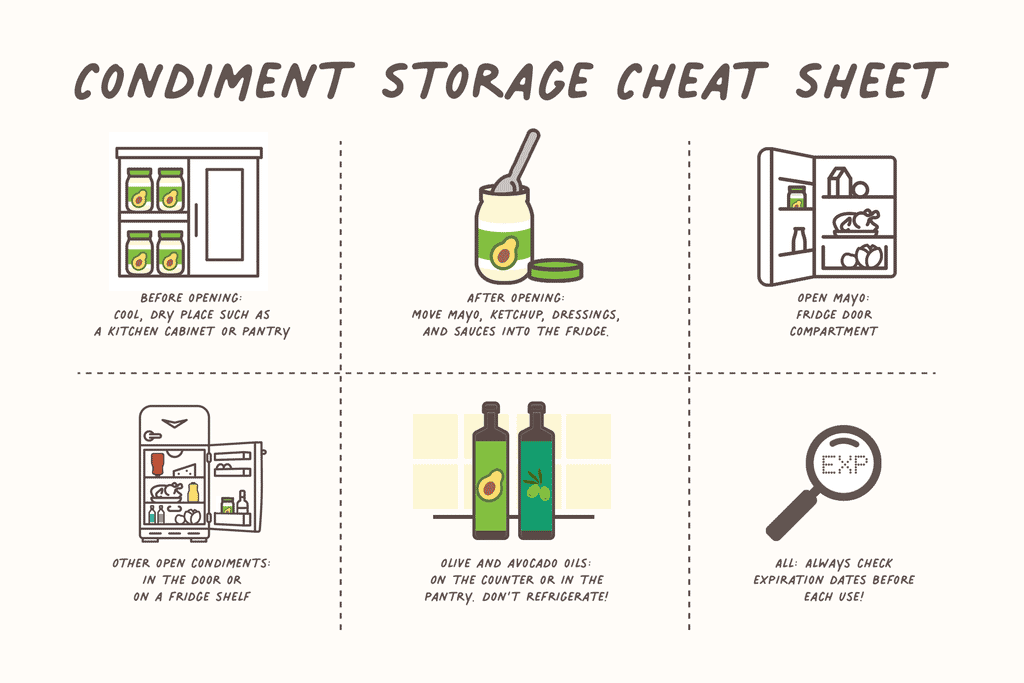
Where Do Other Condiments Go?
Knowing how to properly store your condiments can help you check off your spring cleaning goals and keep your kitchen looking Pinterest-worthy. It’s also the best way to make sure that your condiments taste as fresh and delicious as possible. But what if you come across a condiment that’s not on our handy checklist? Don’t get saucy, you’ve got this.
If your sister-in-law gifts you an exotic sauce from her Caribbean cruise or you hit the Buy Now button on the latest viral condiment craze, look for storage instructions right on the product label. If you’re still unsure, refrigeration is a smart option. Now that you know where and how to store condiments, you can turn your focus to more important decisions—like what to make for dinner tonight!











